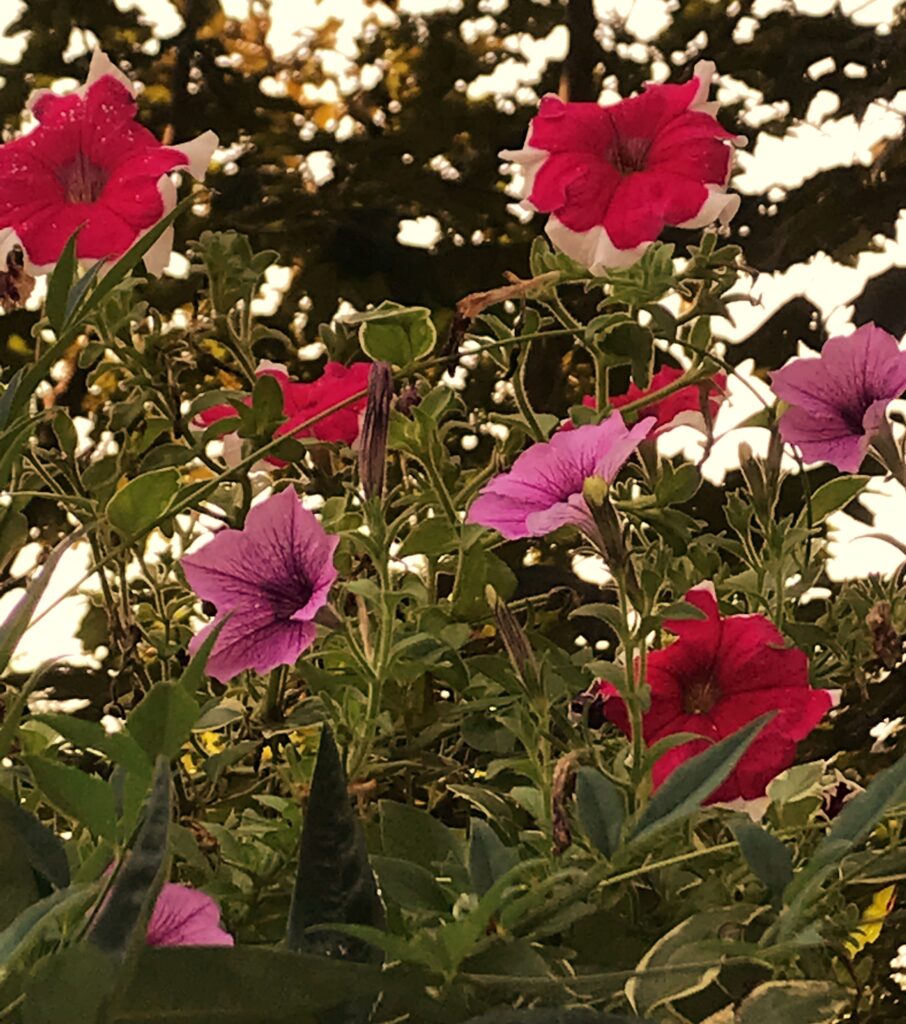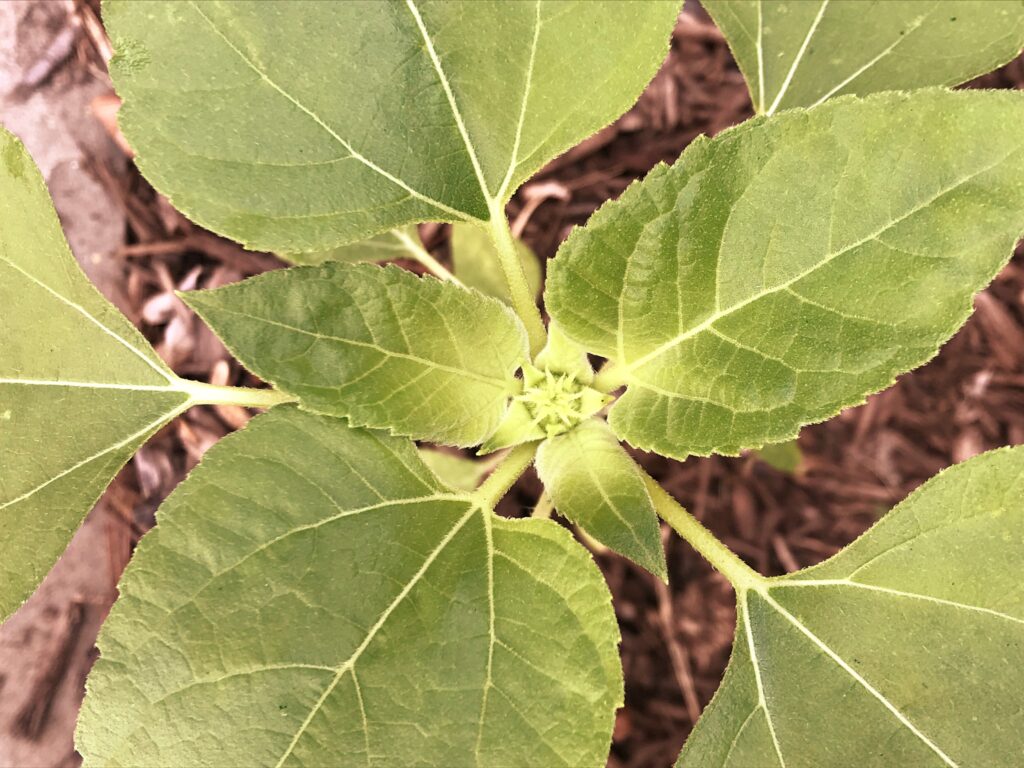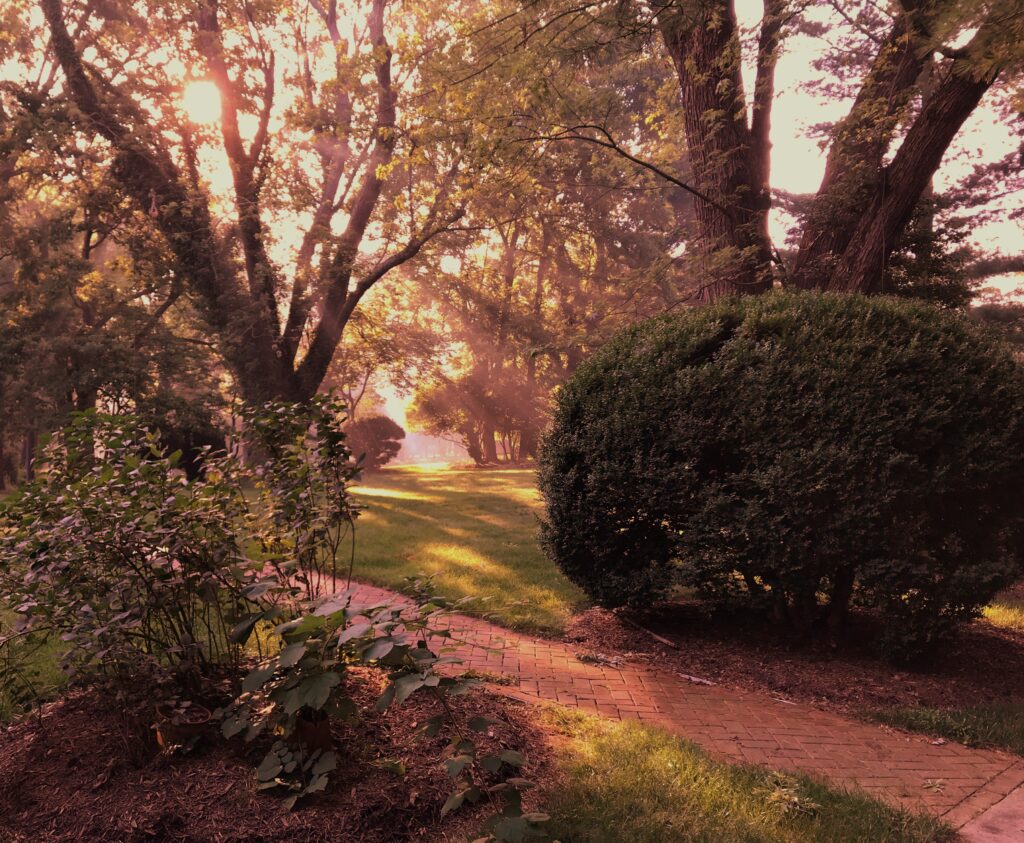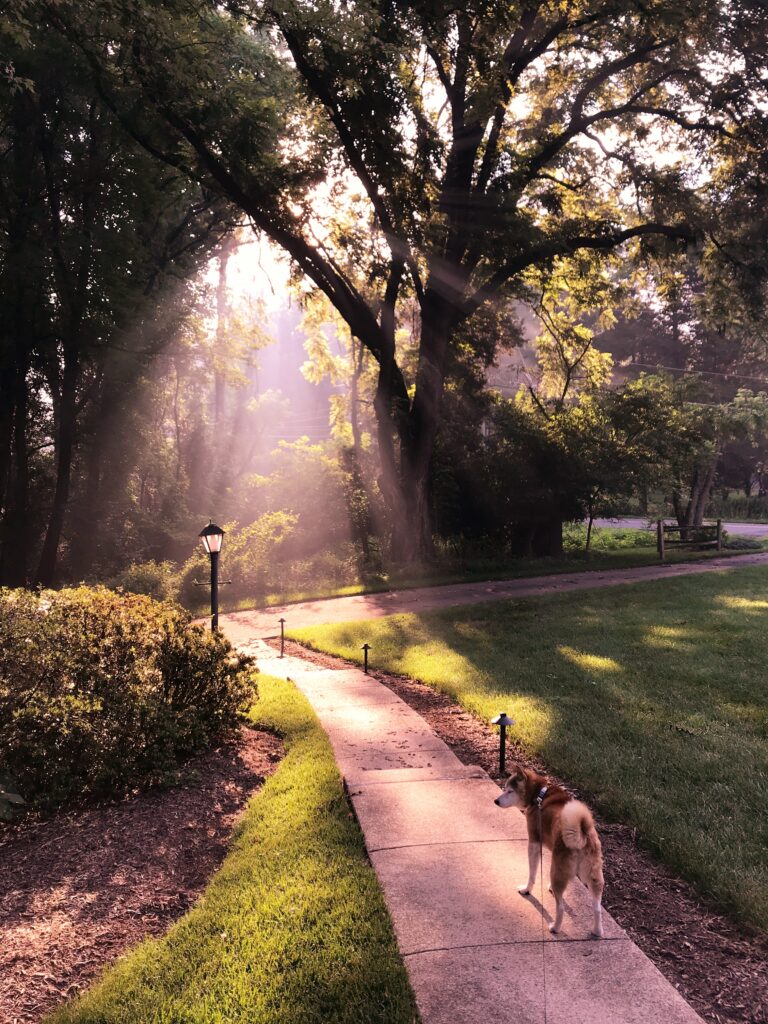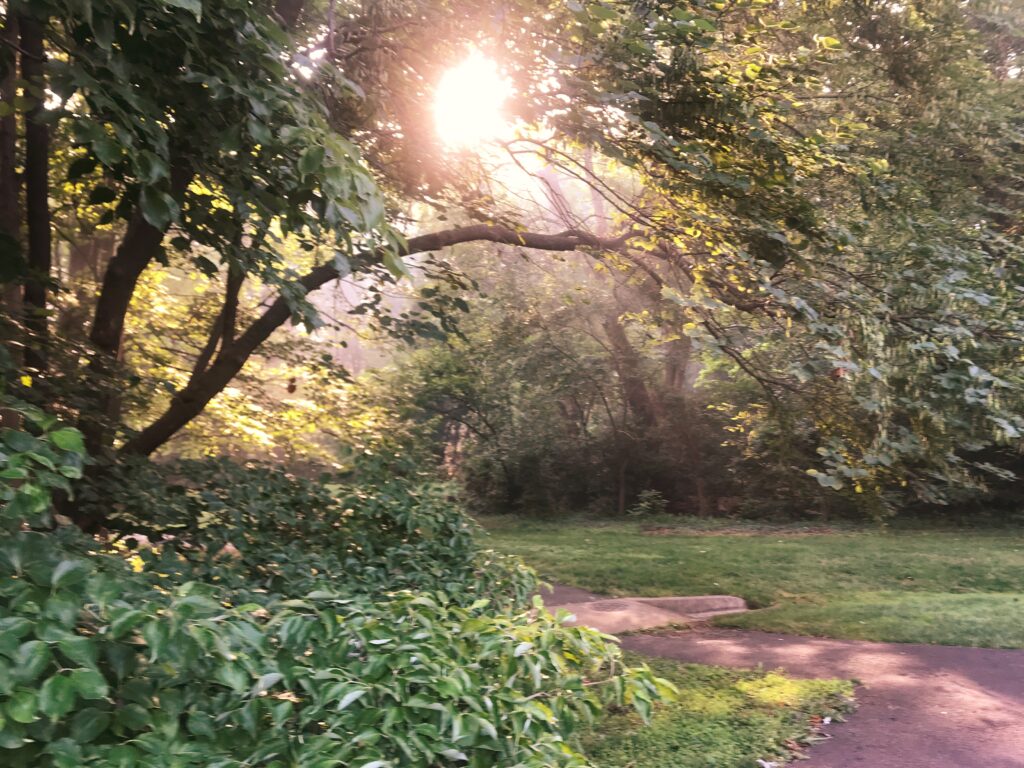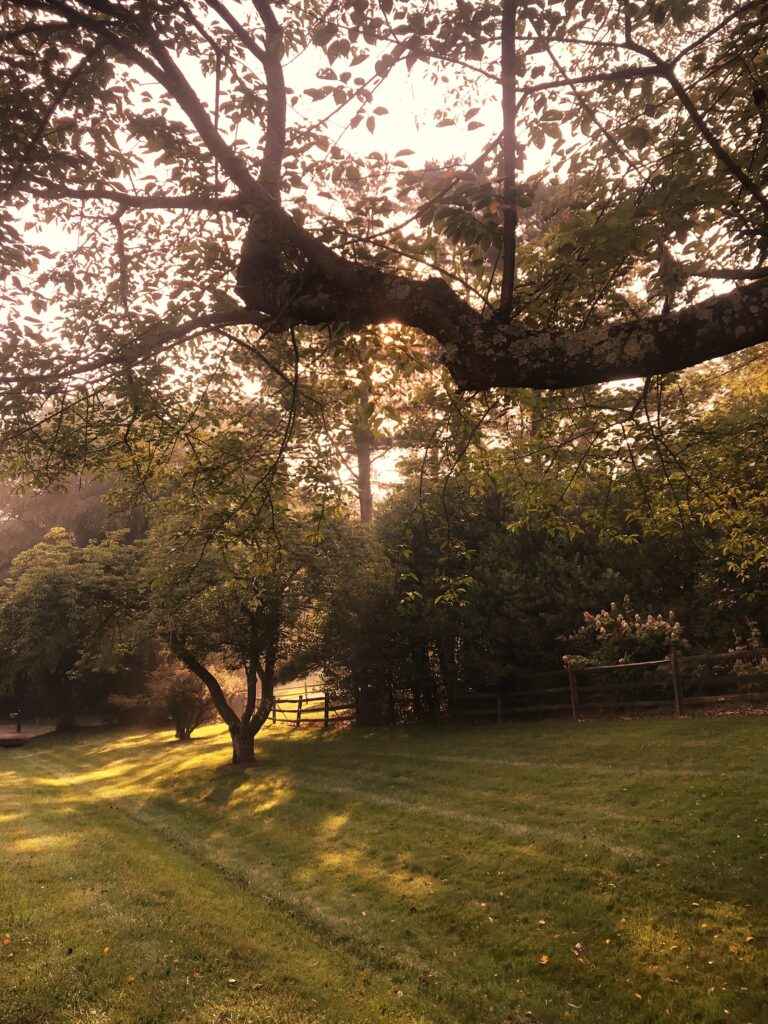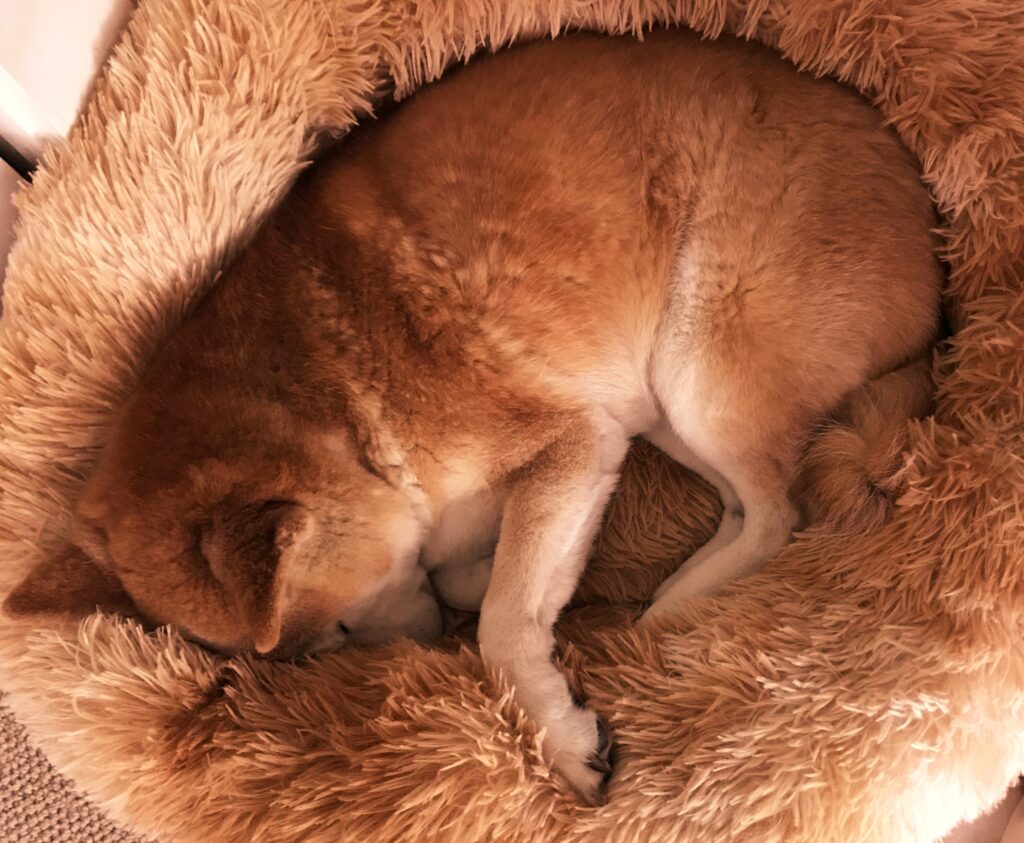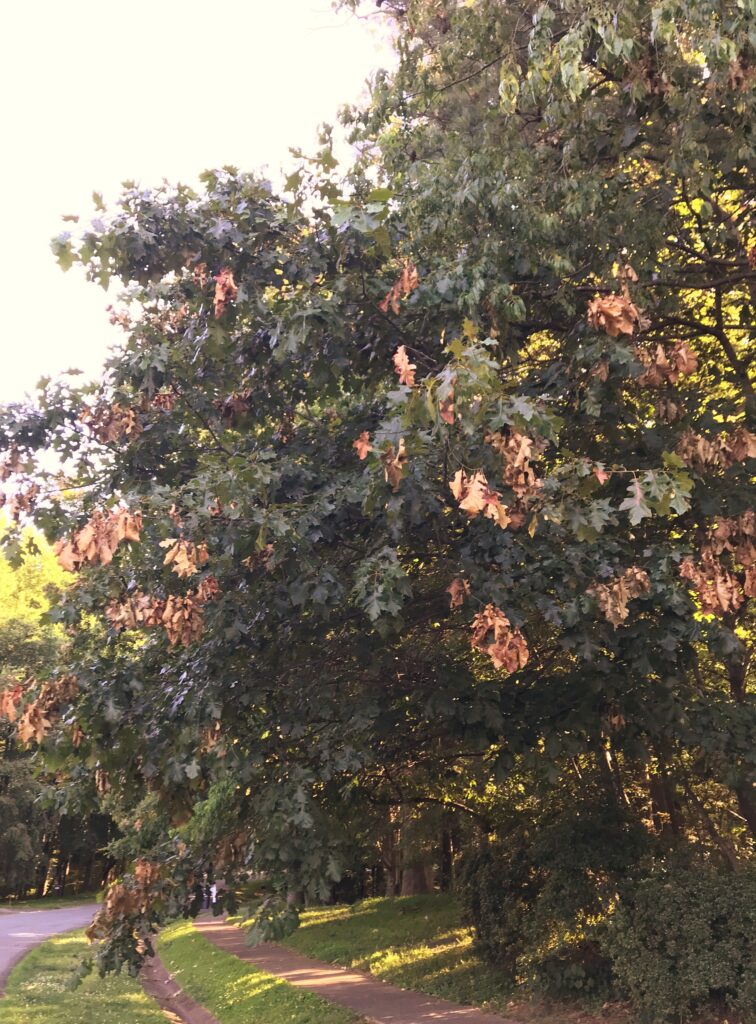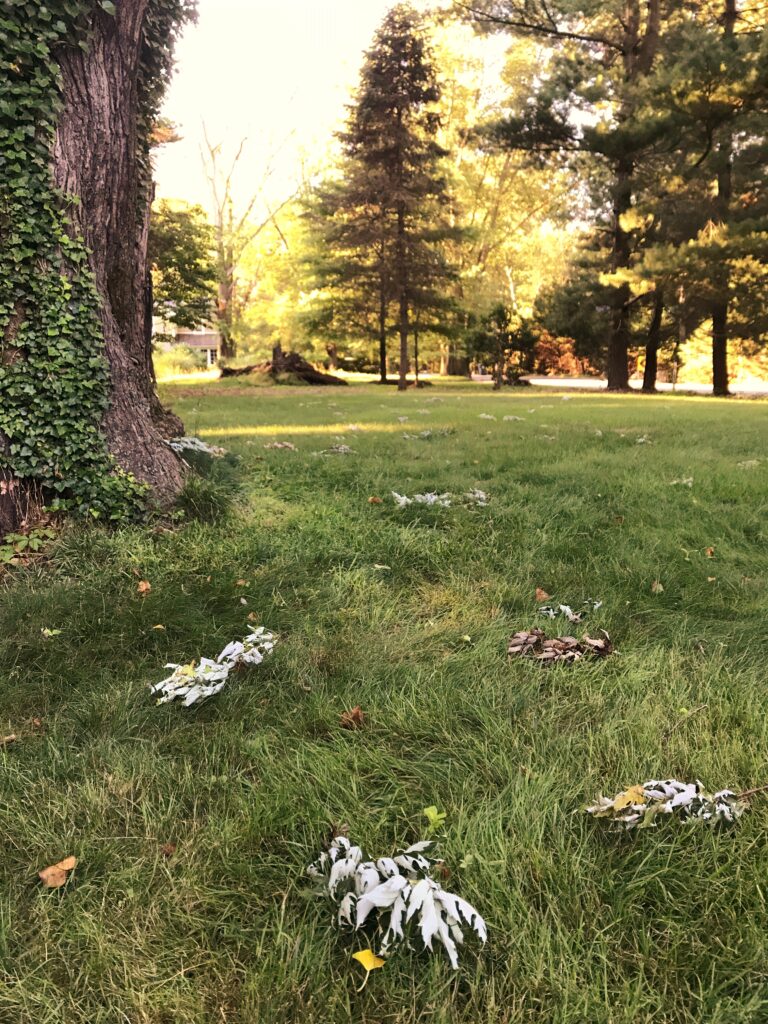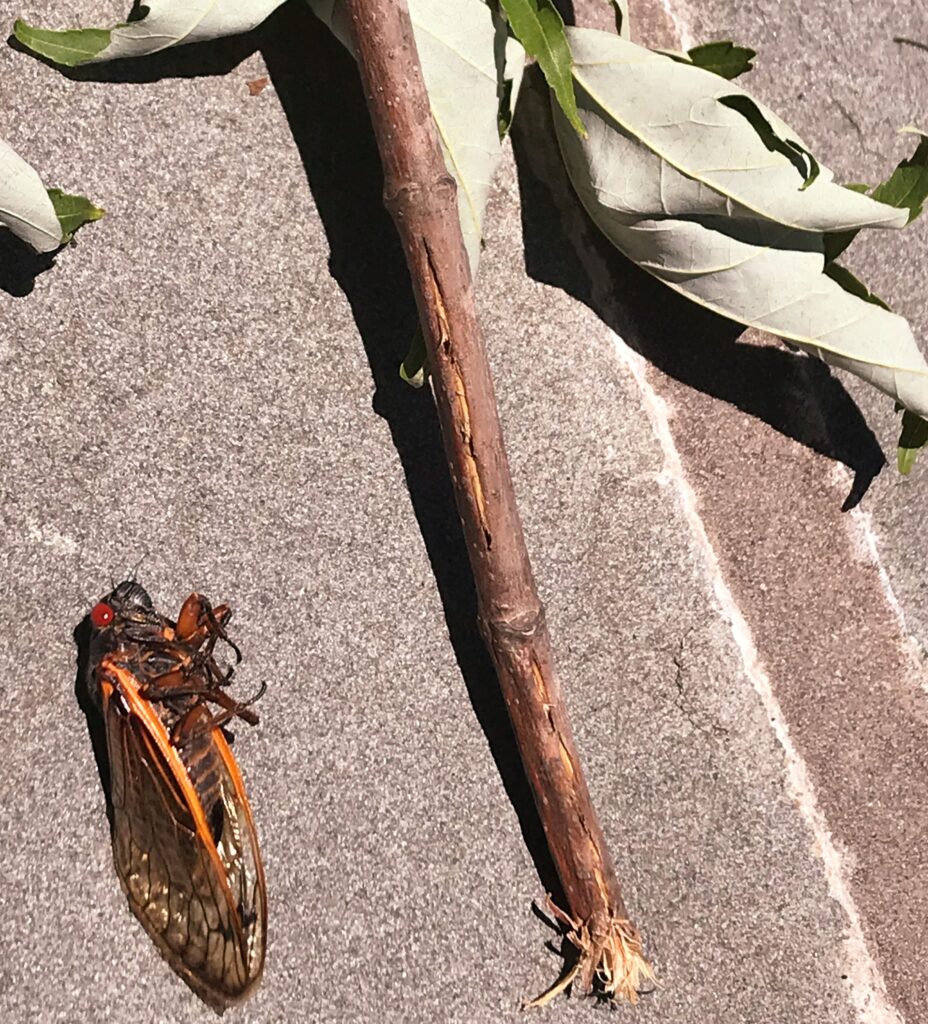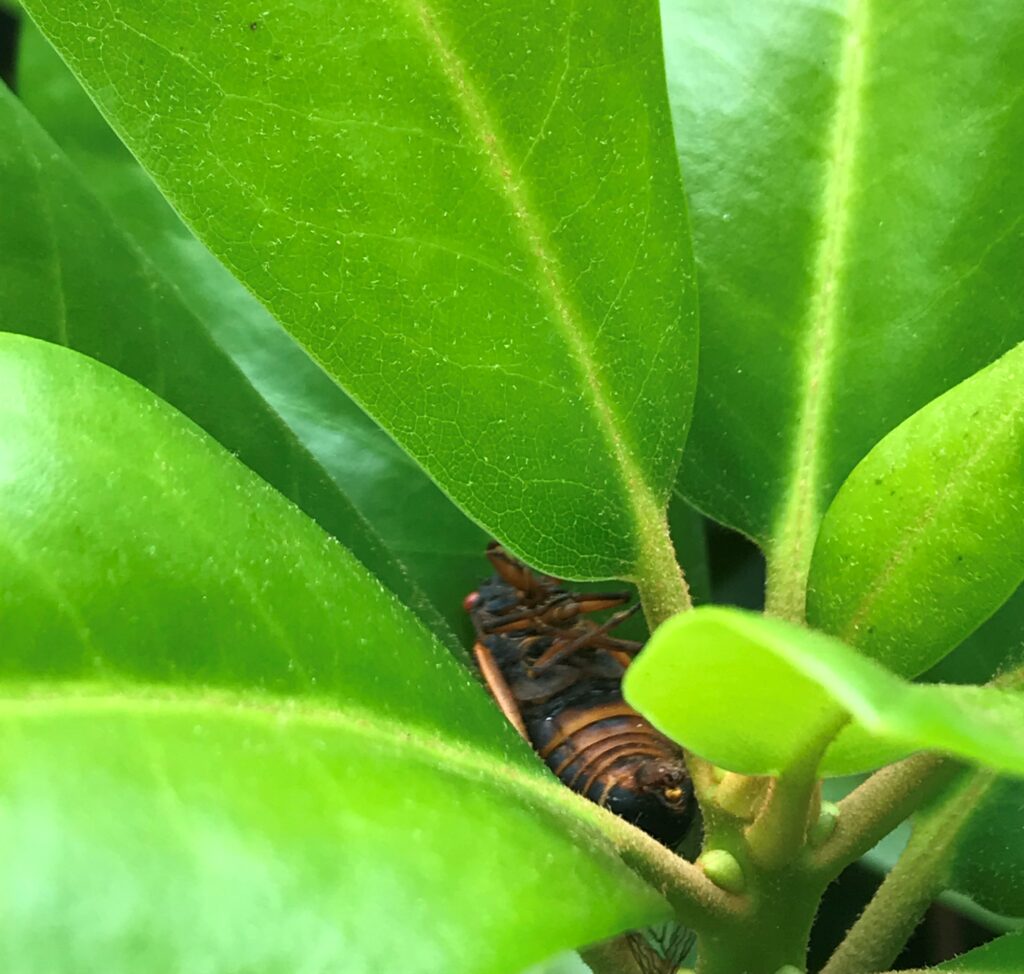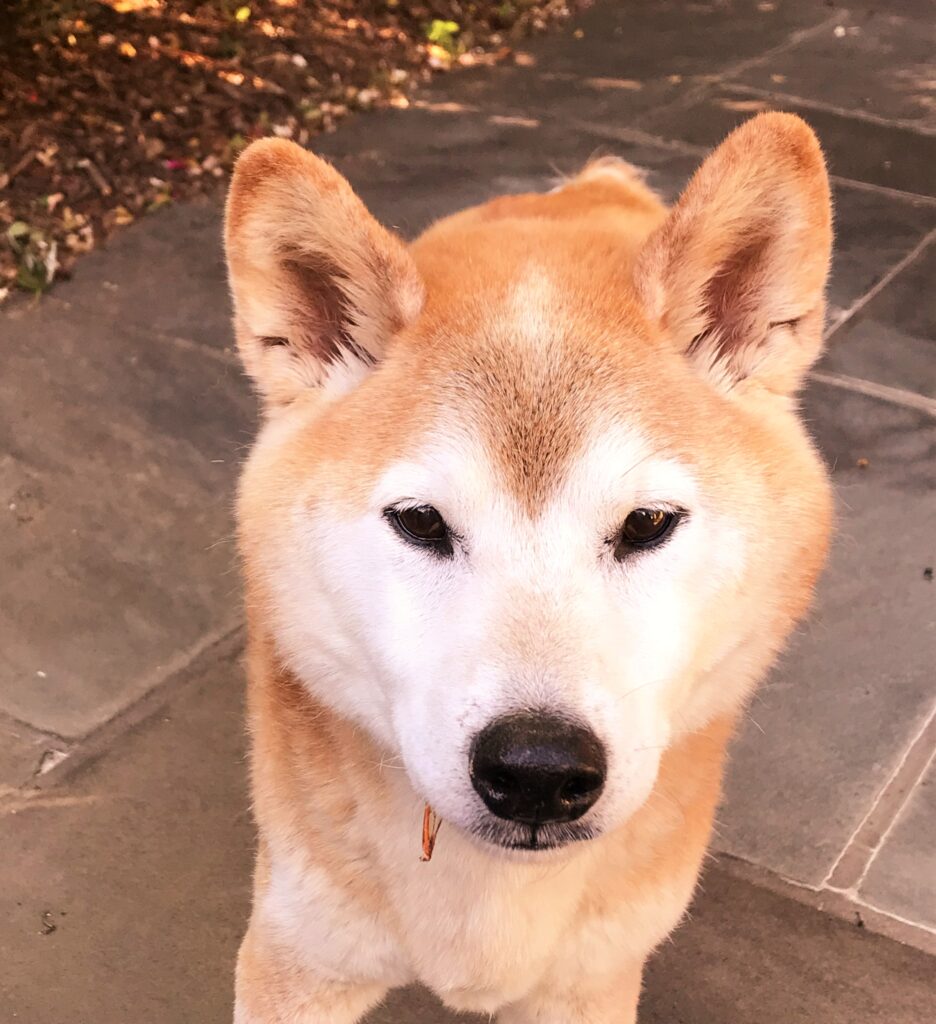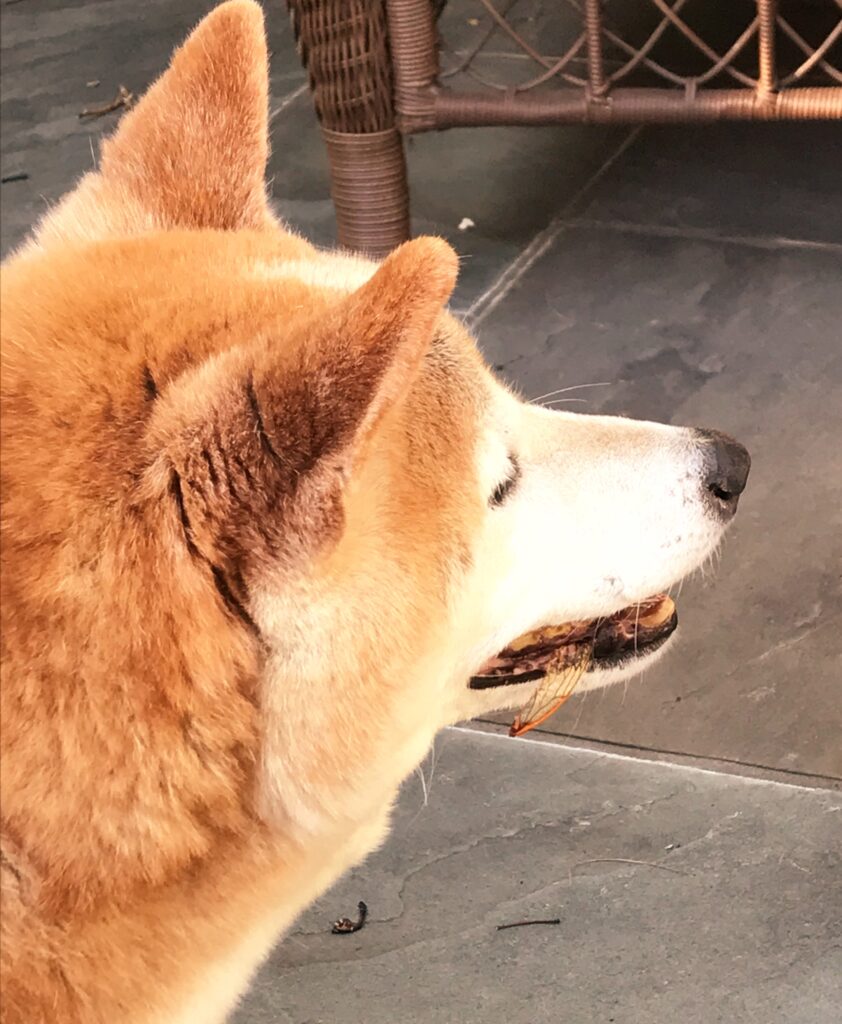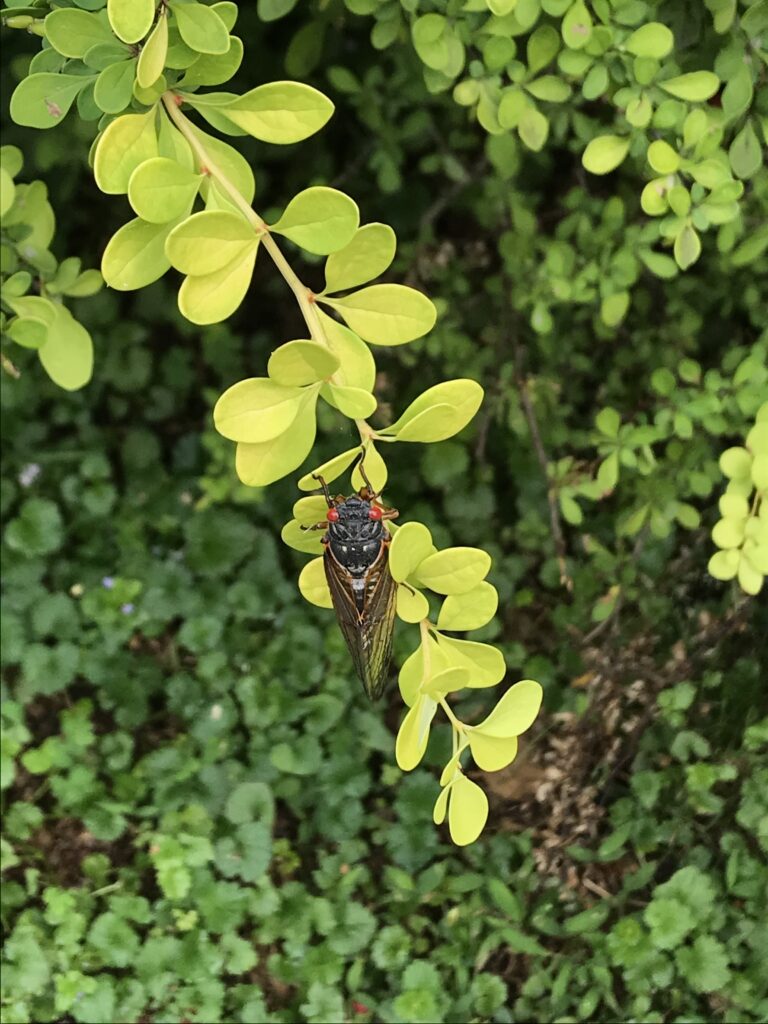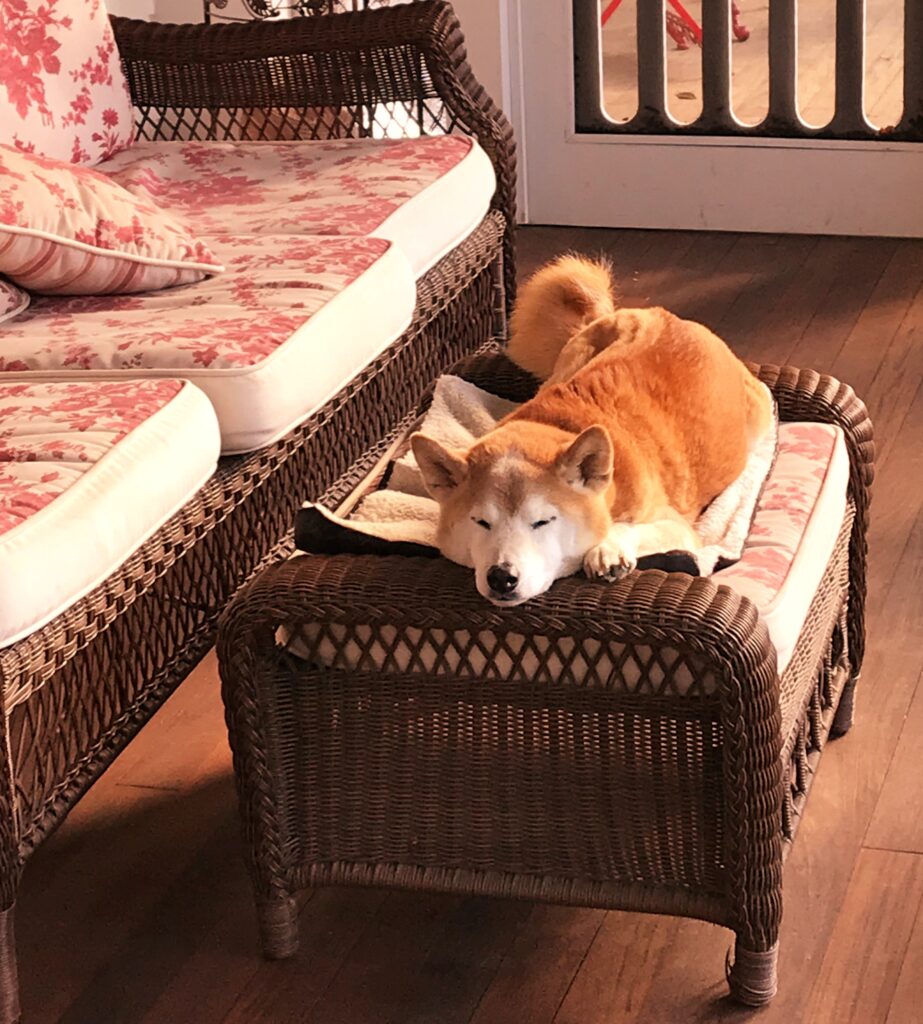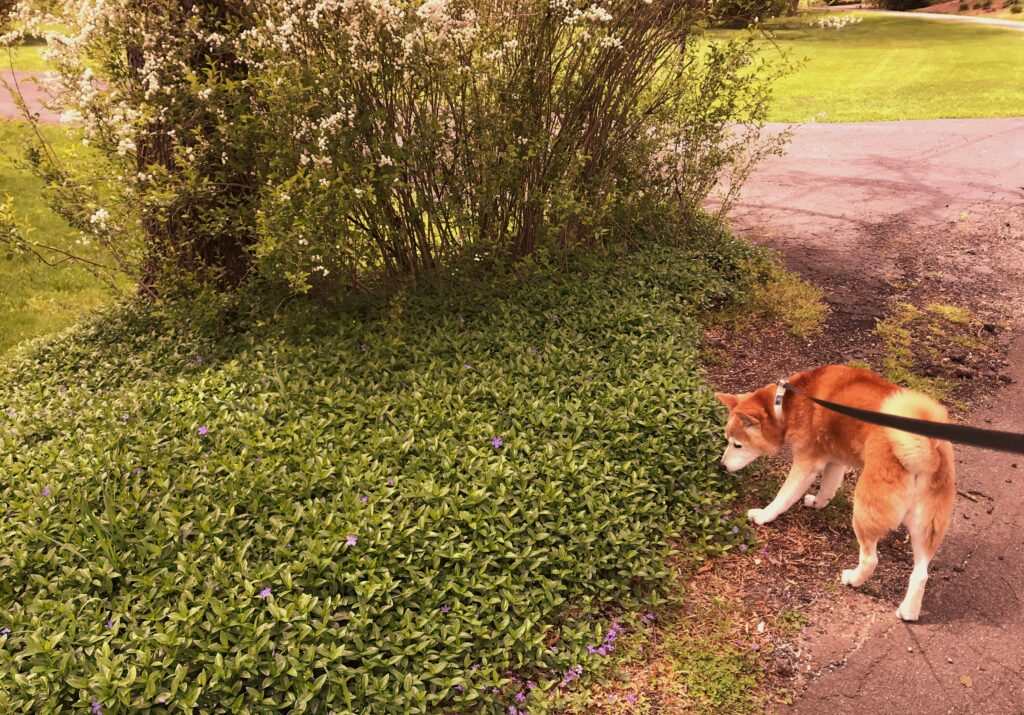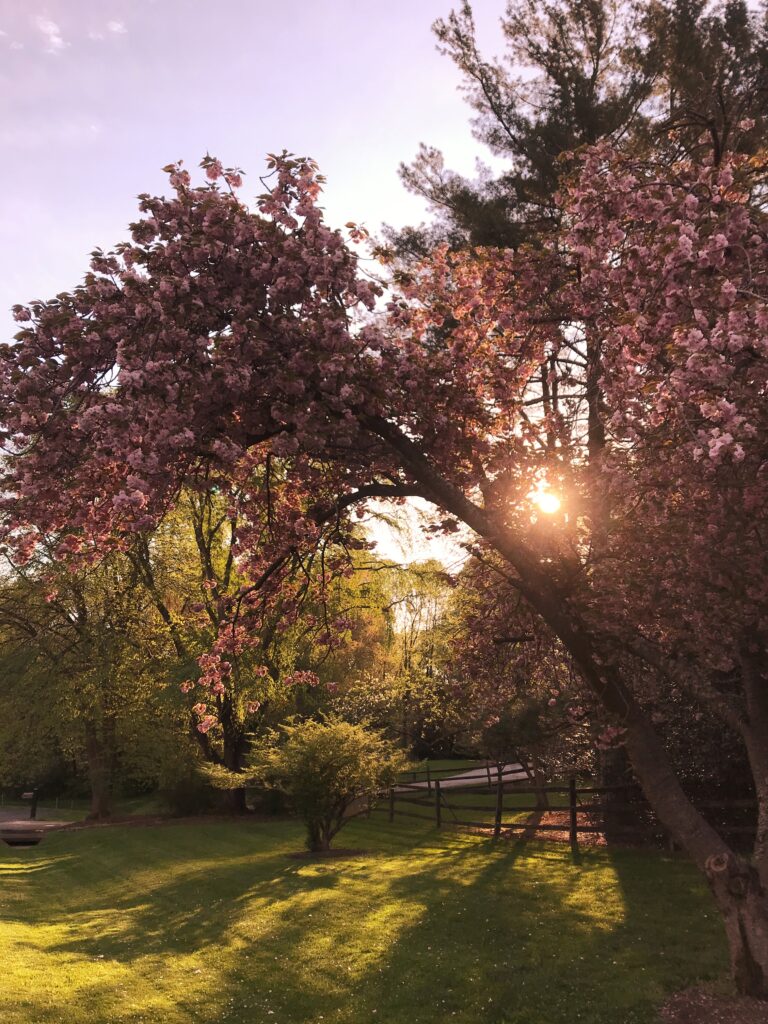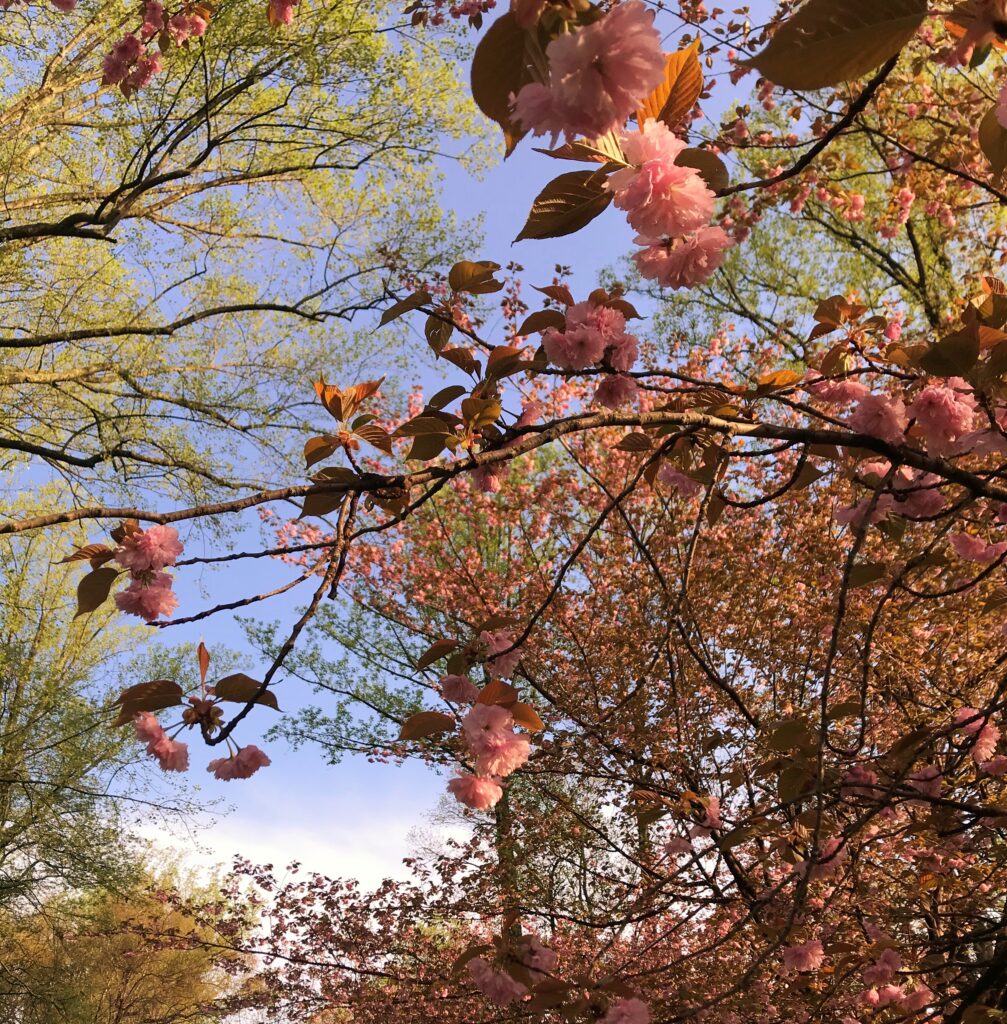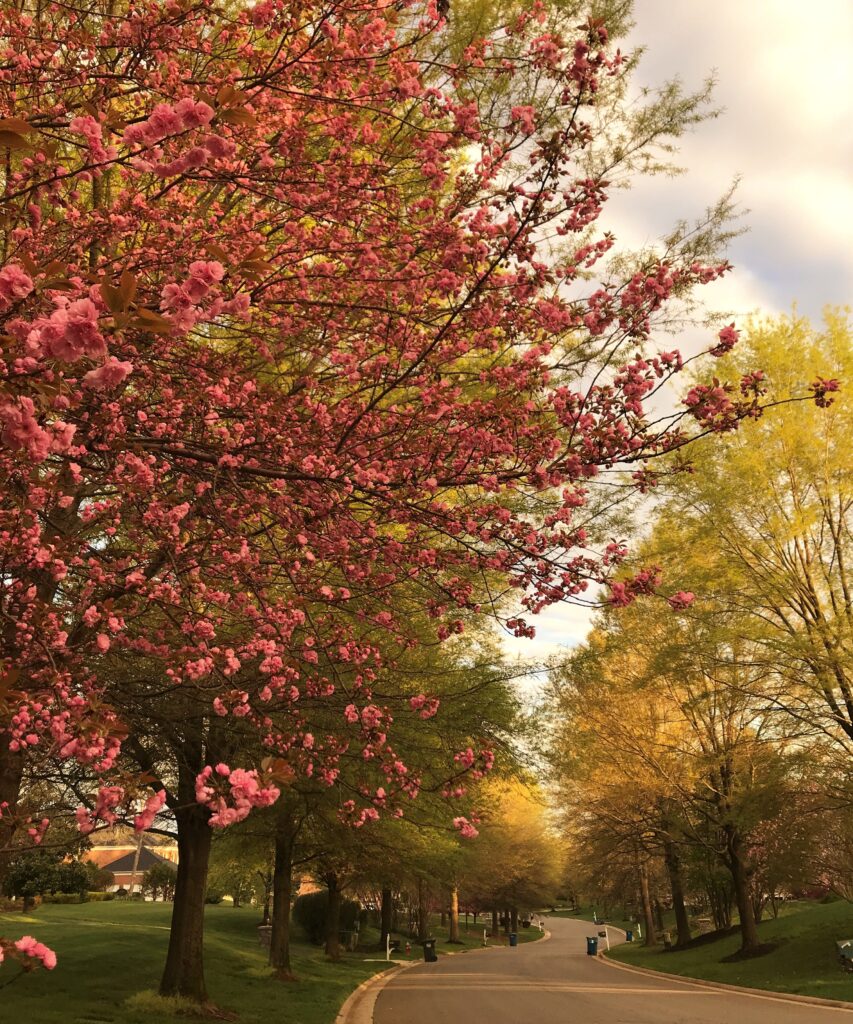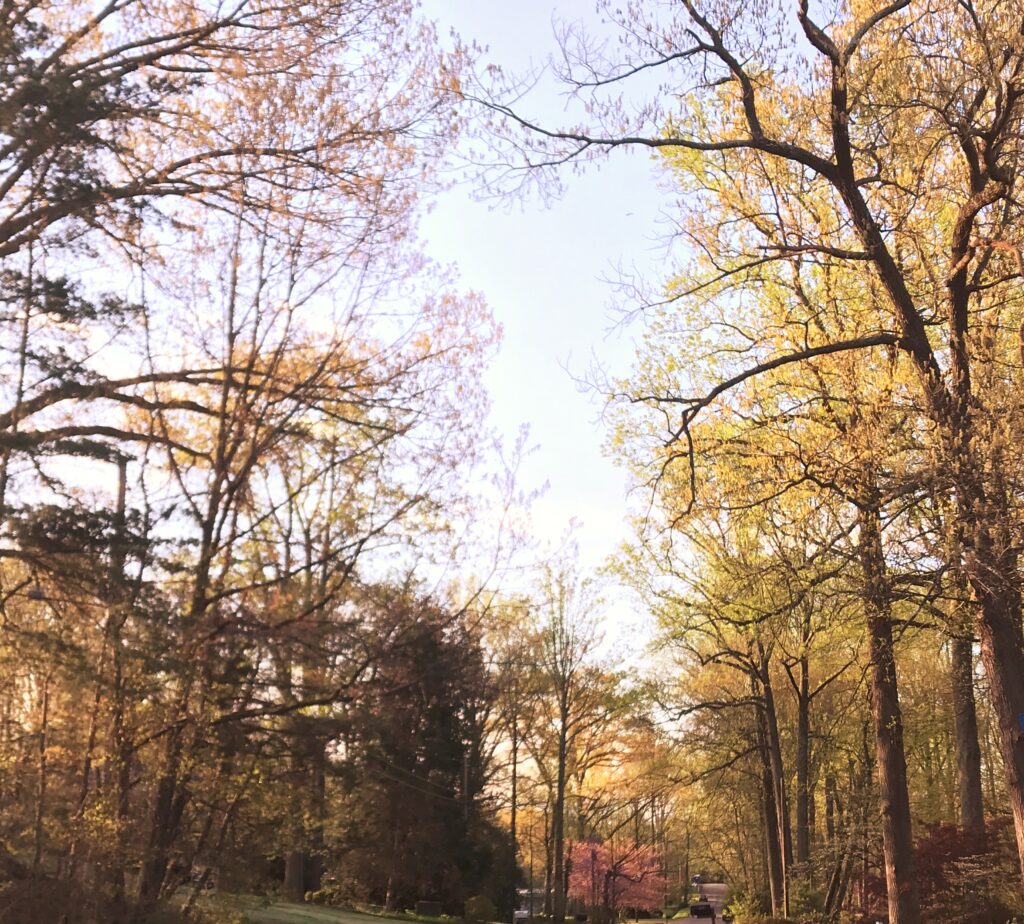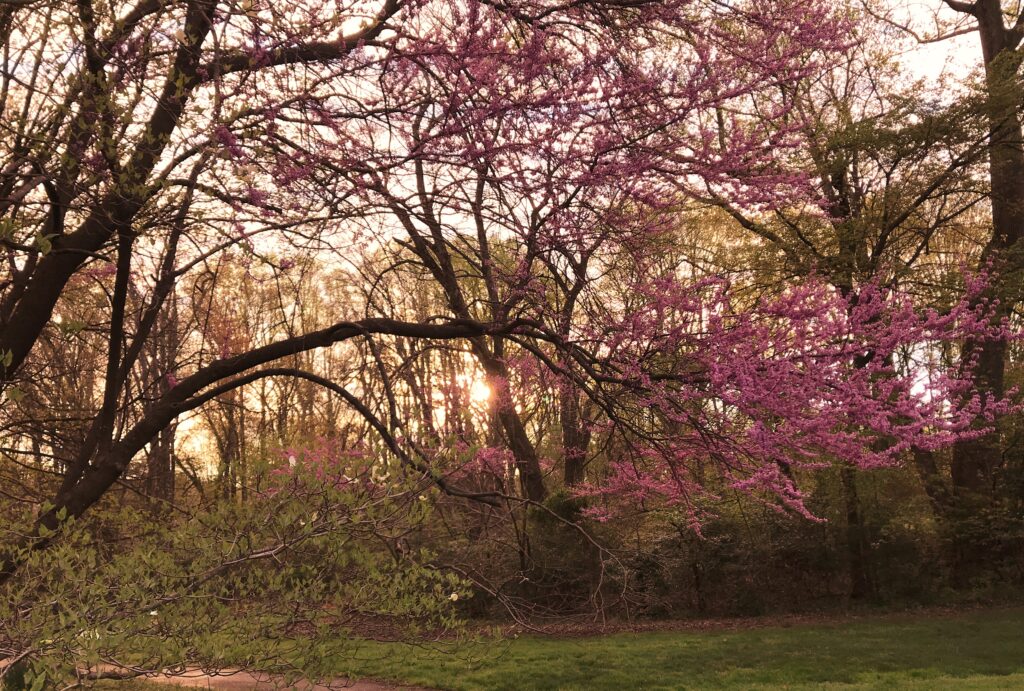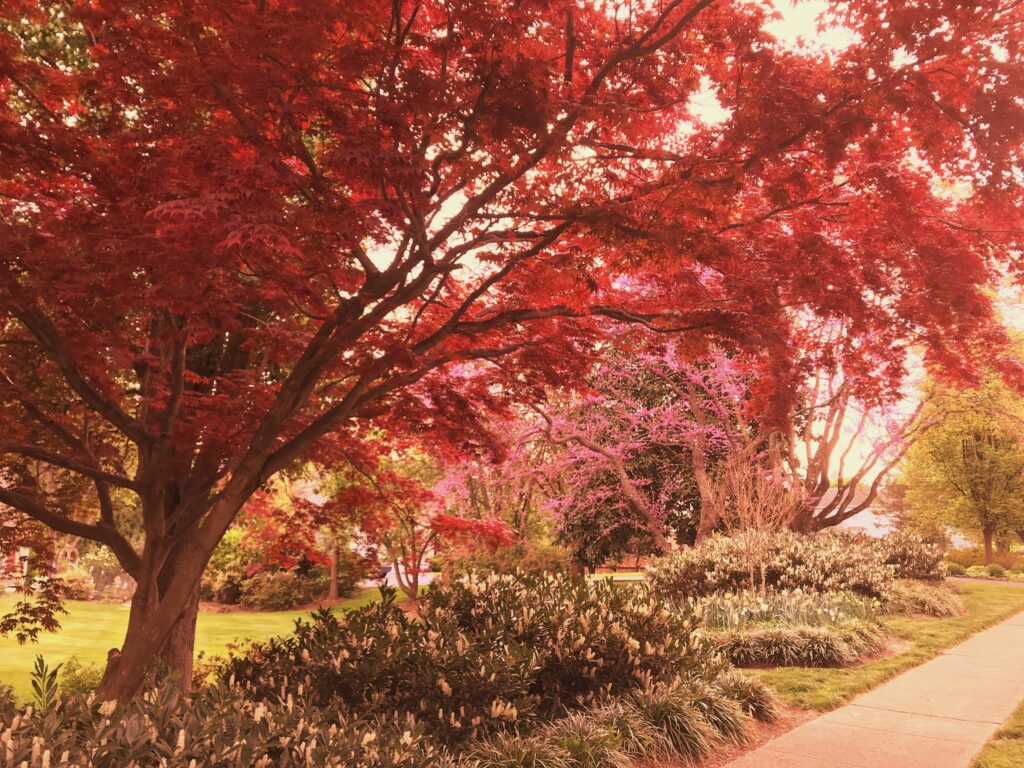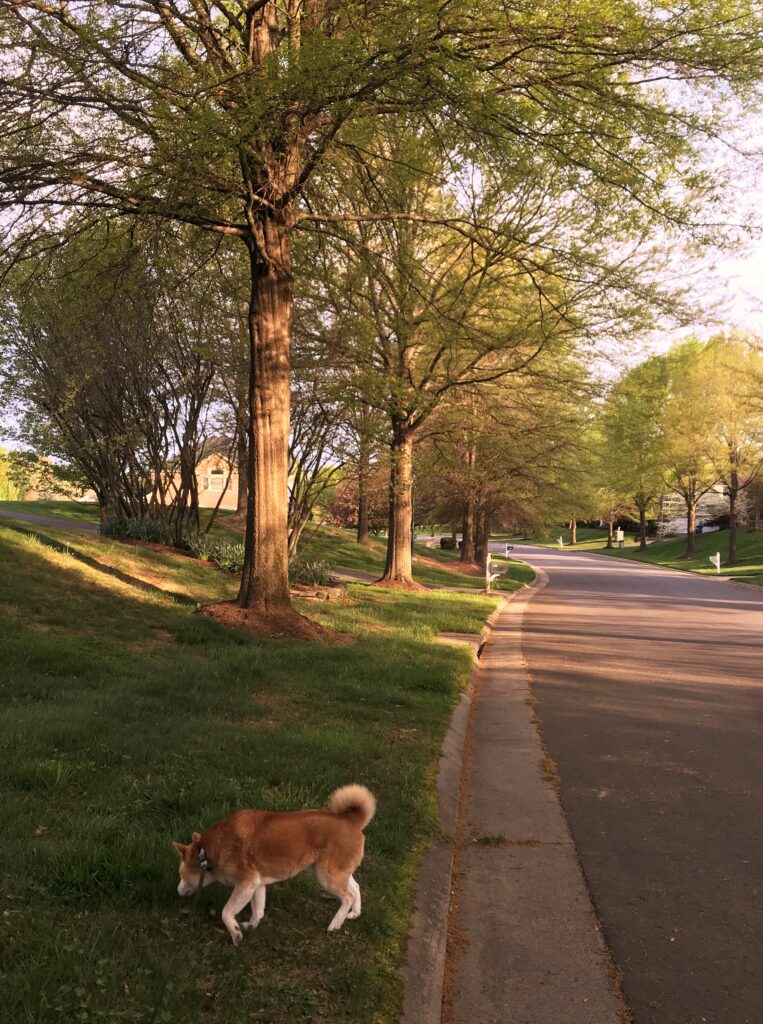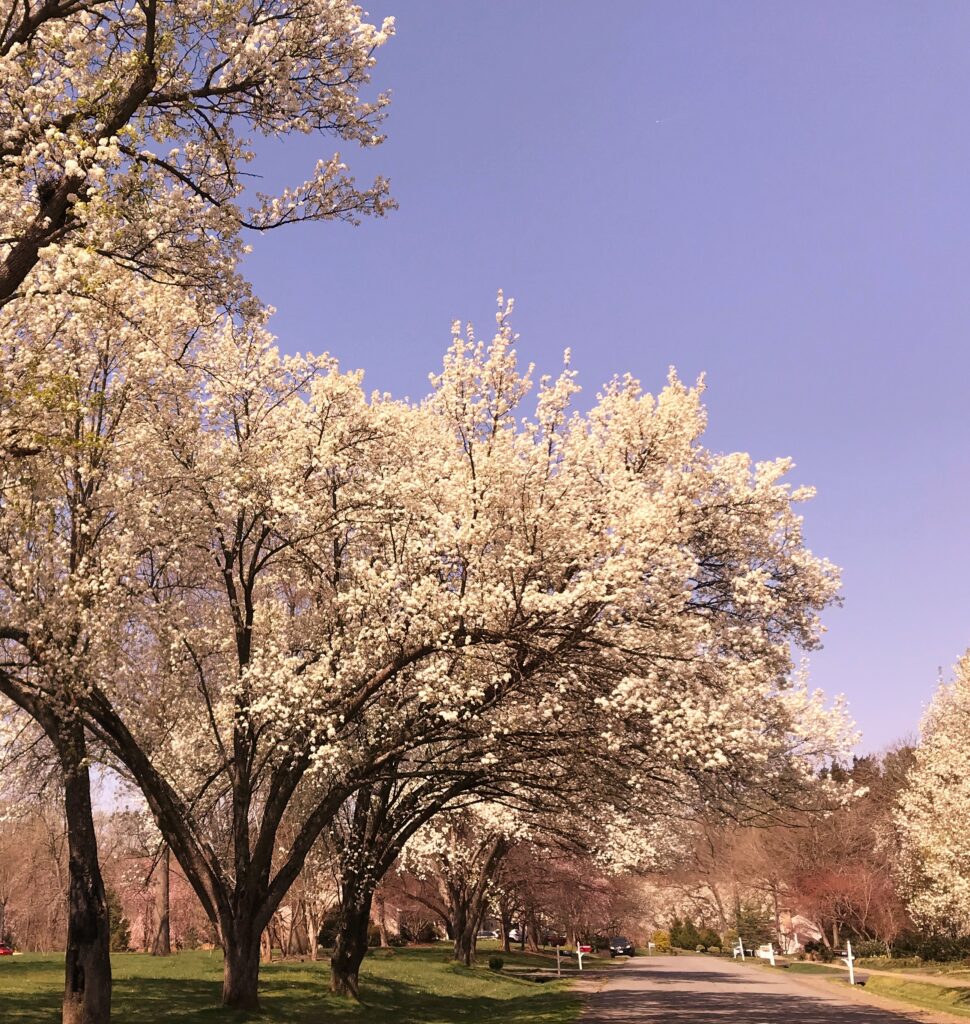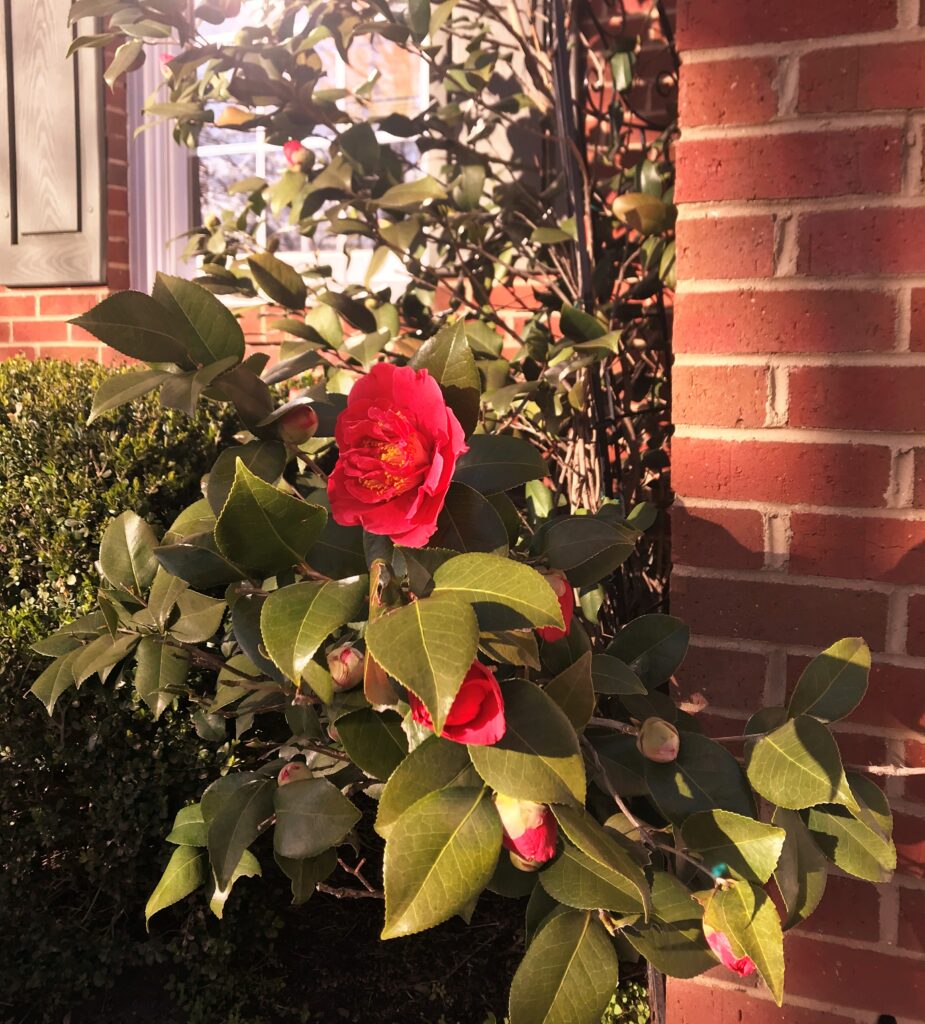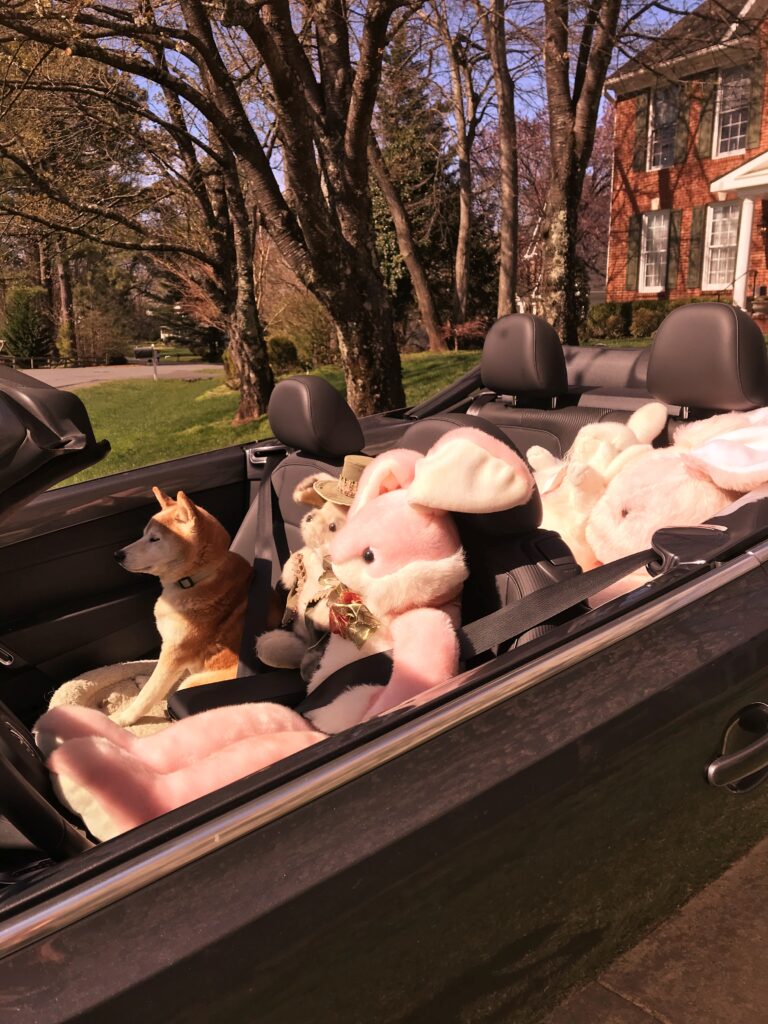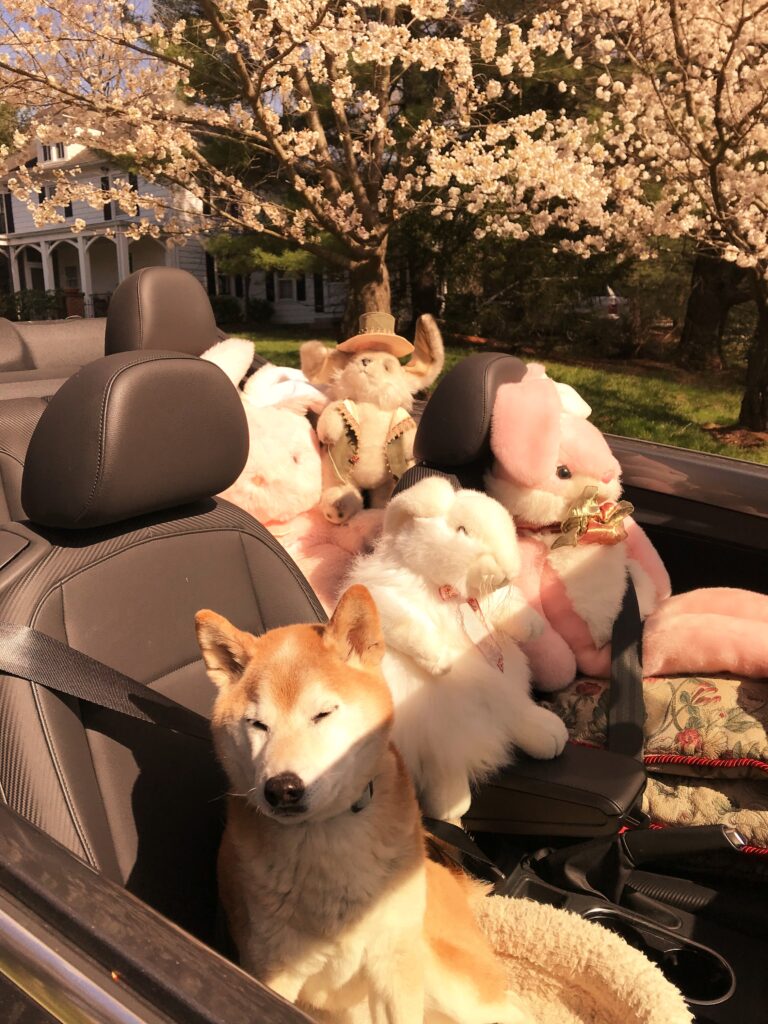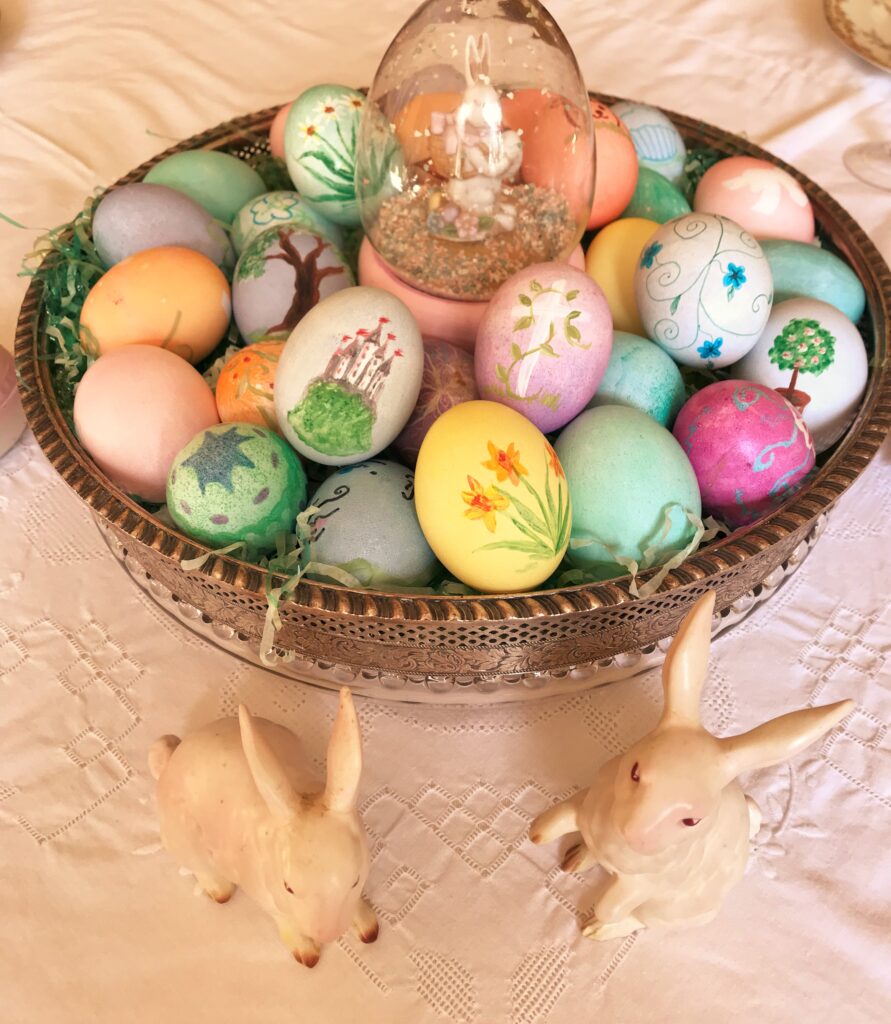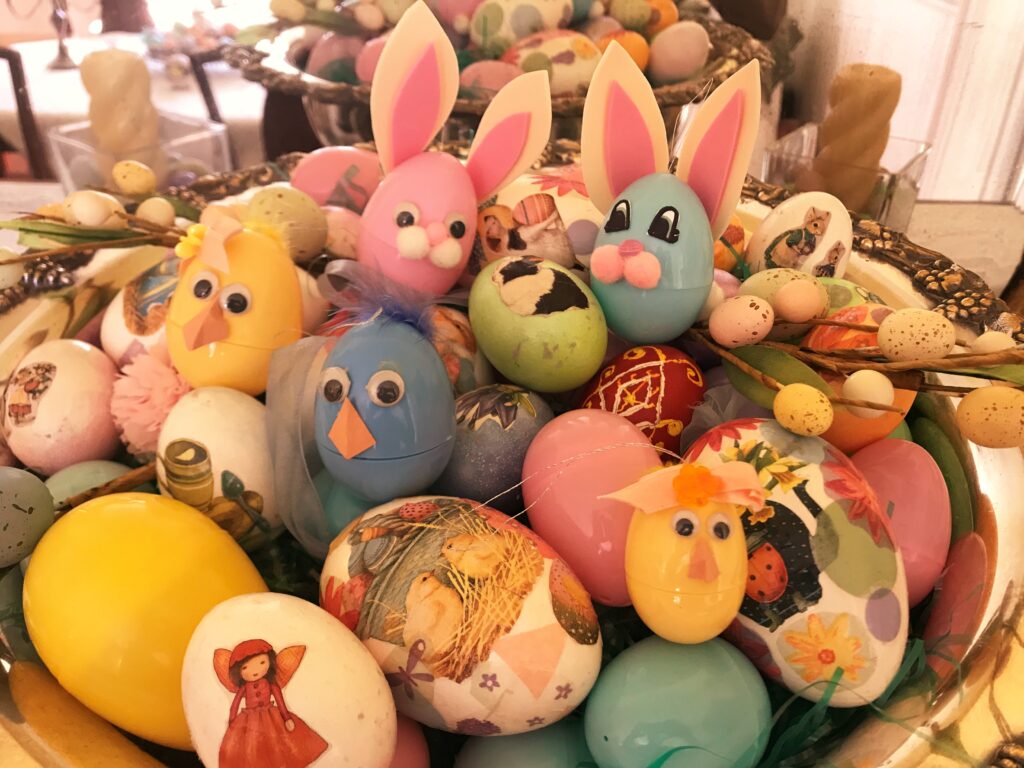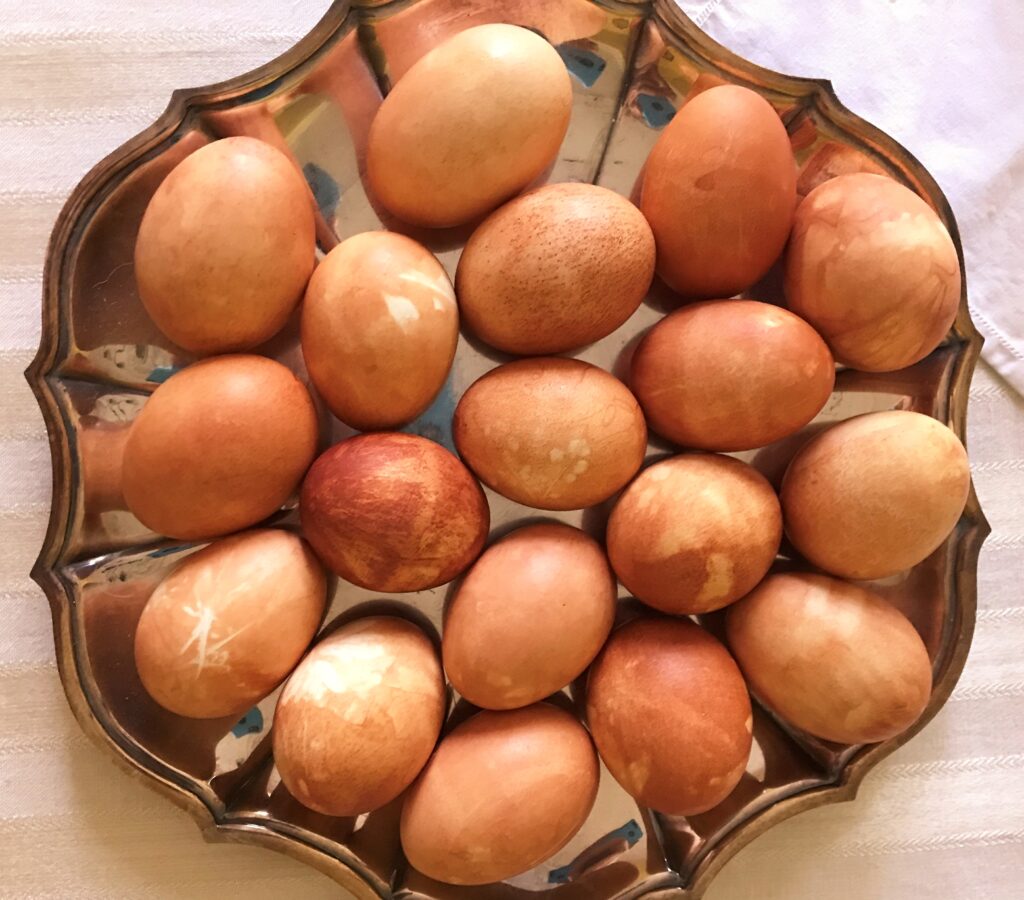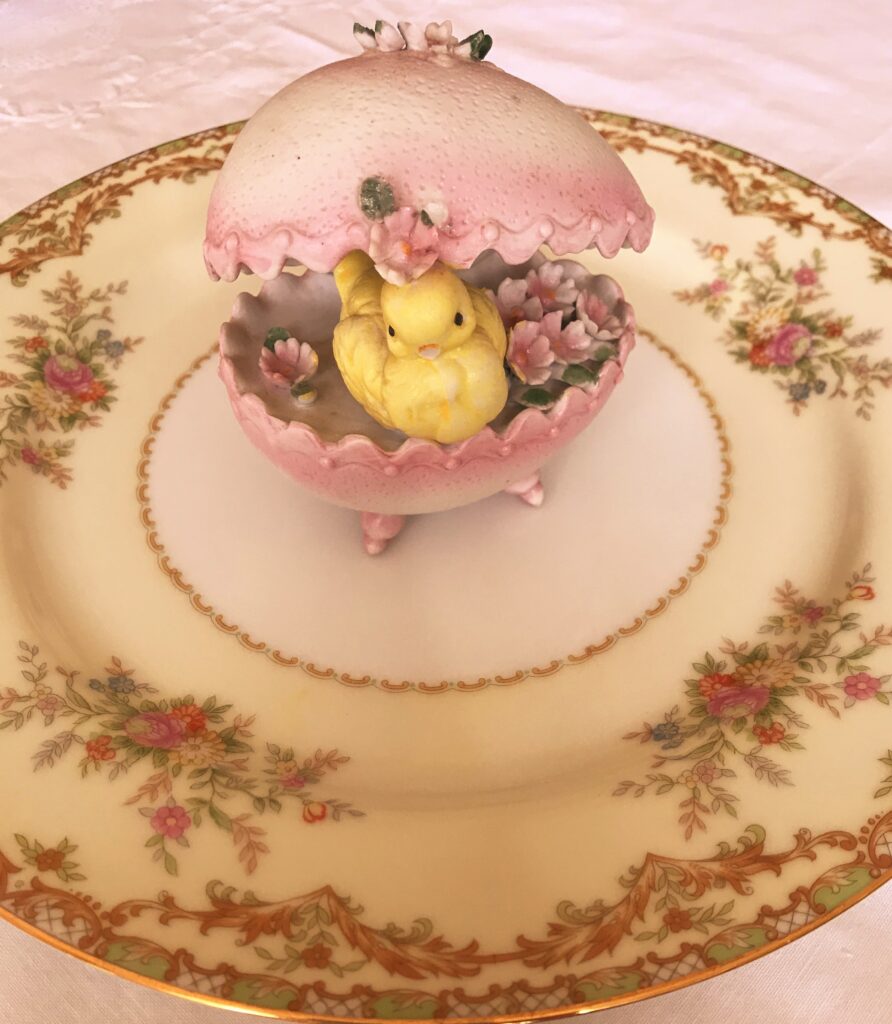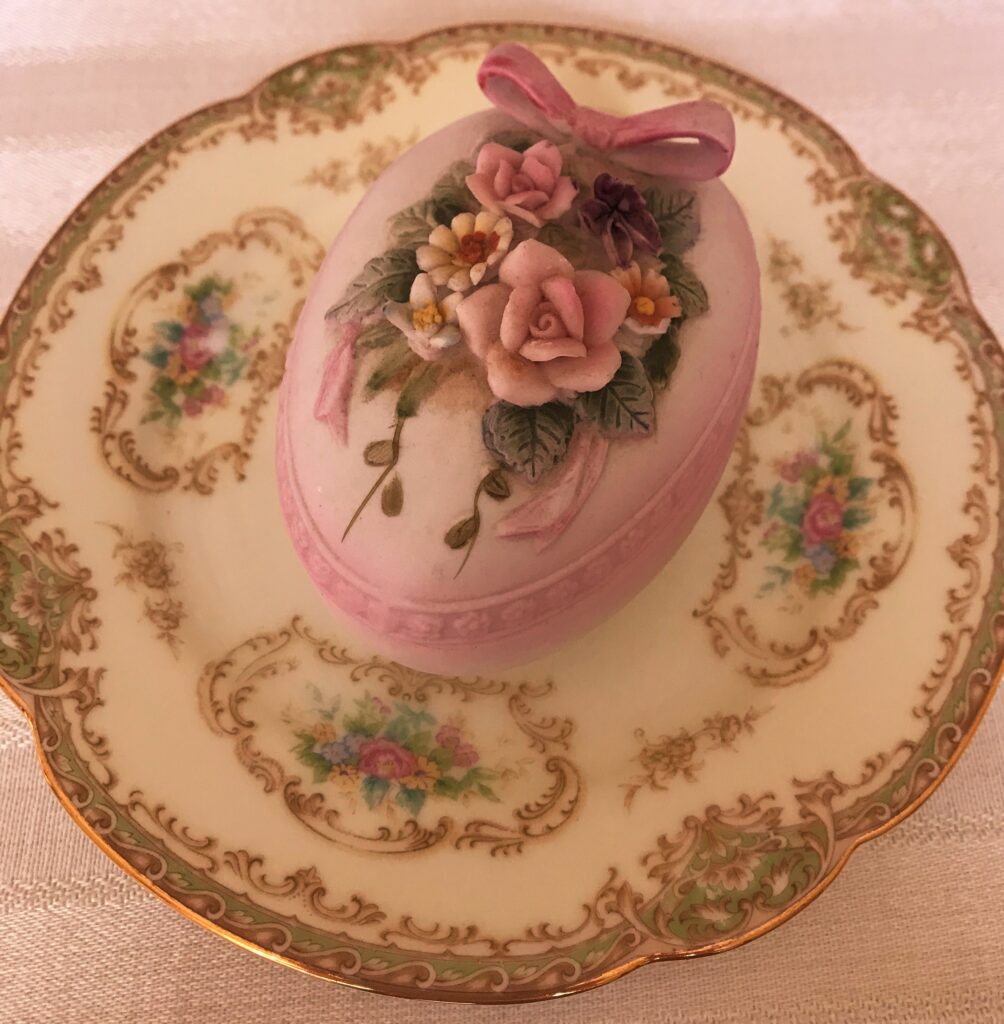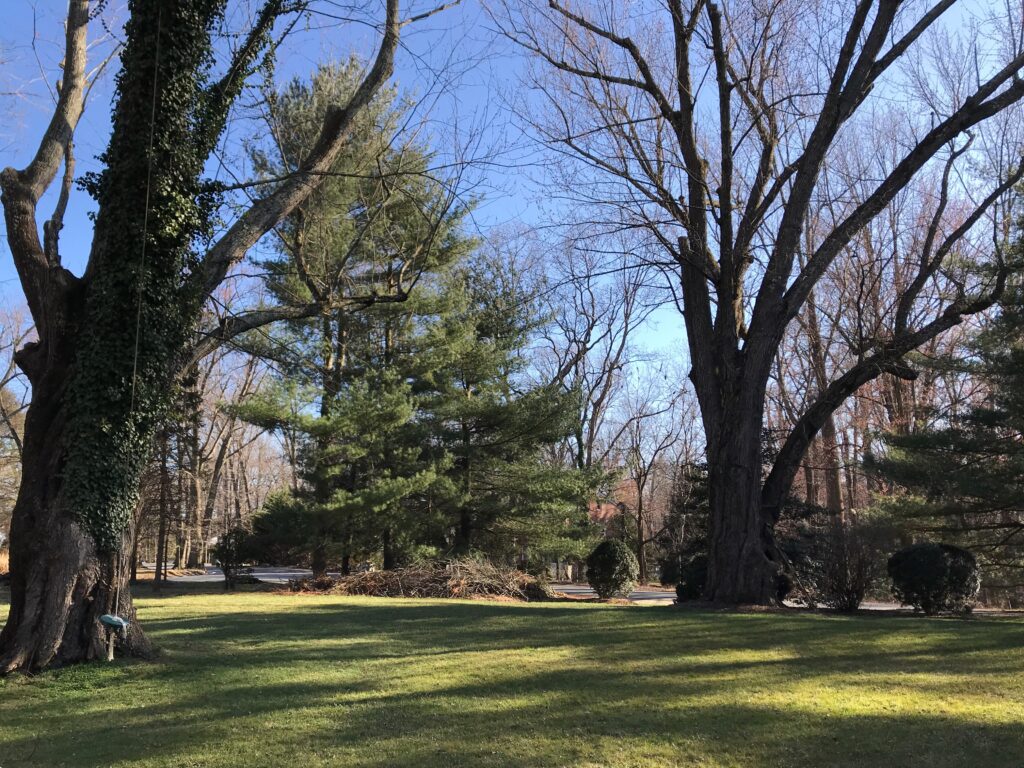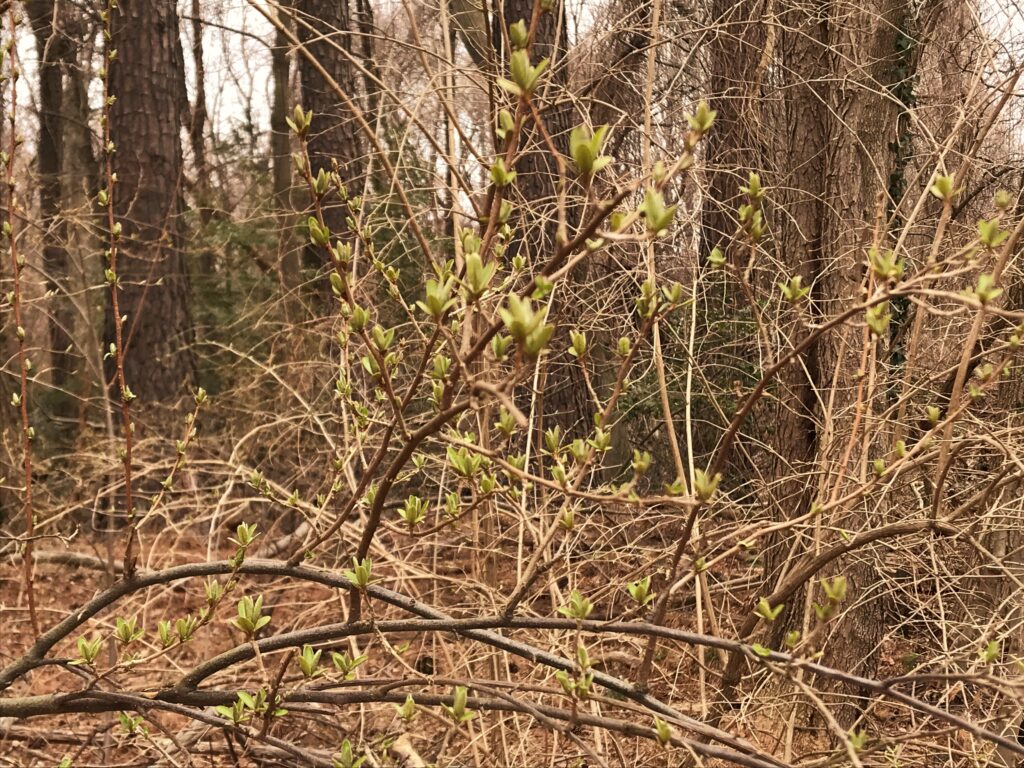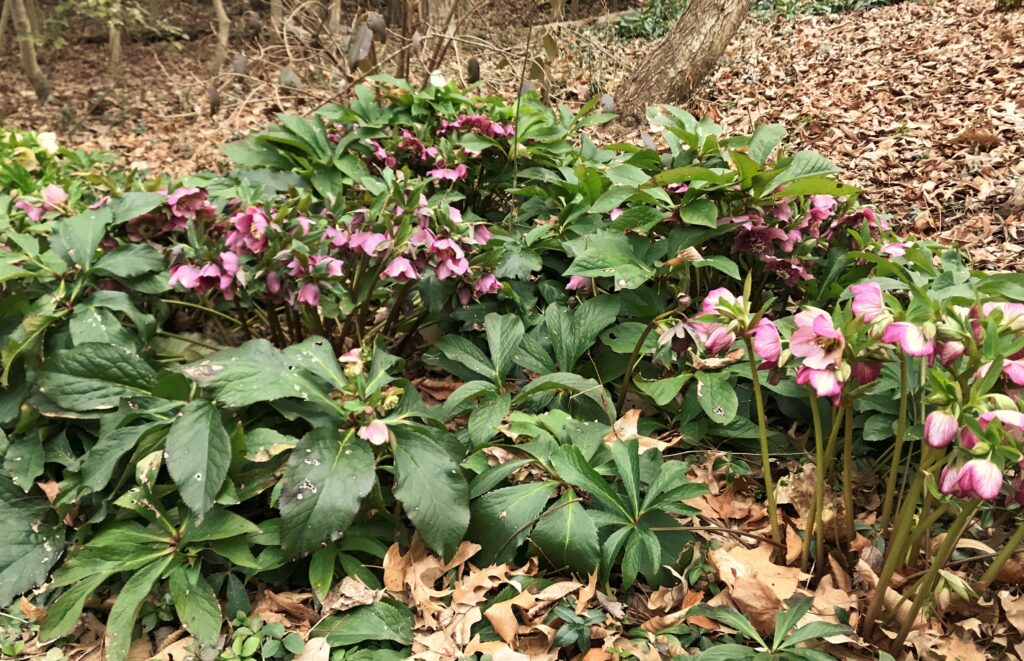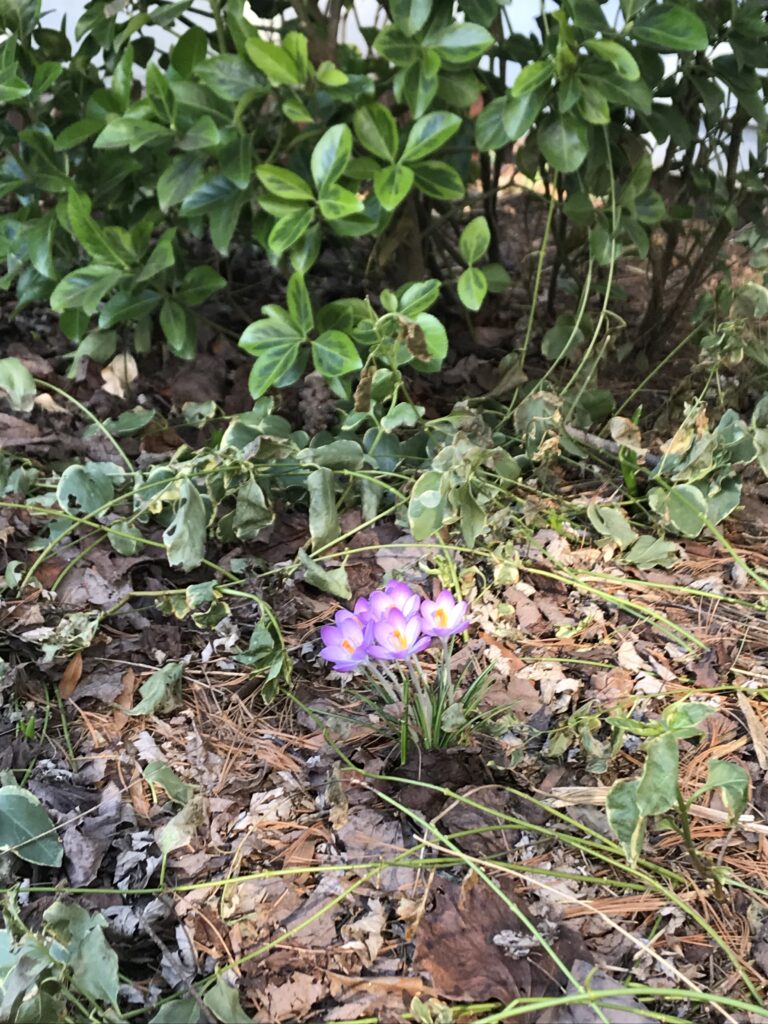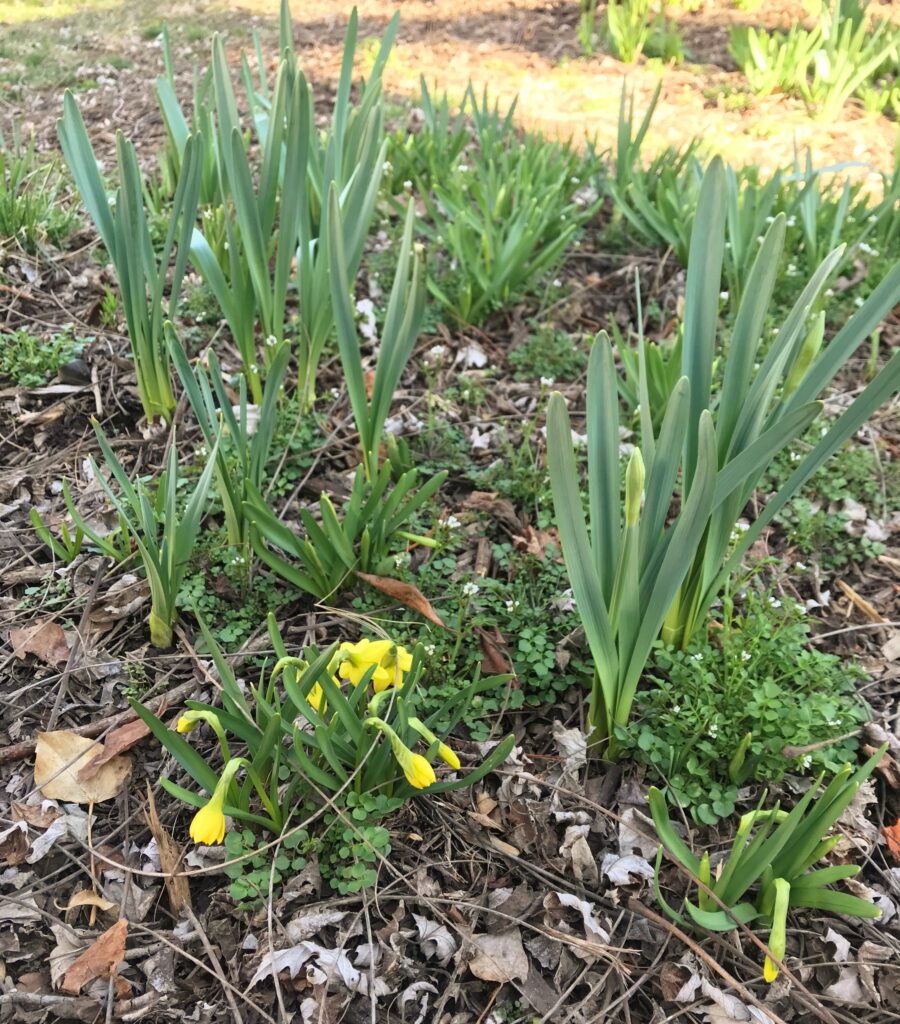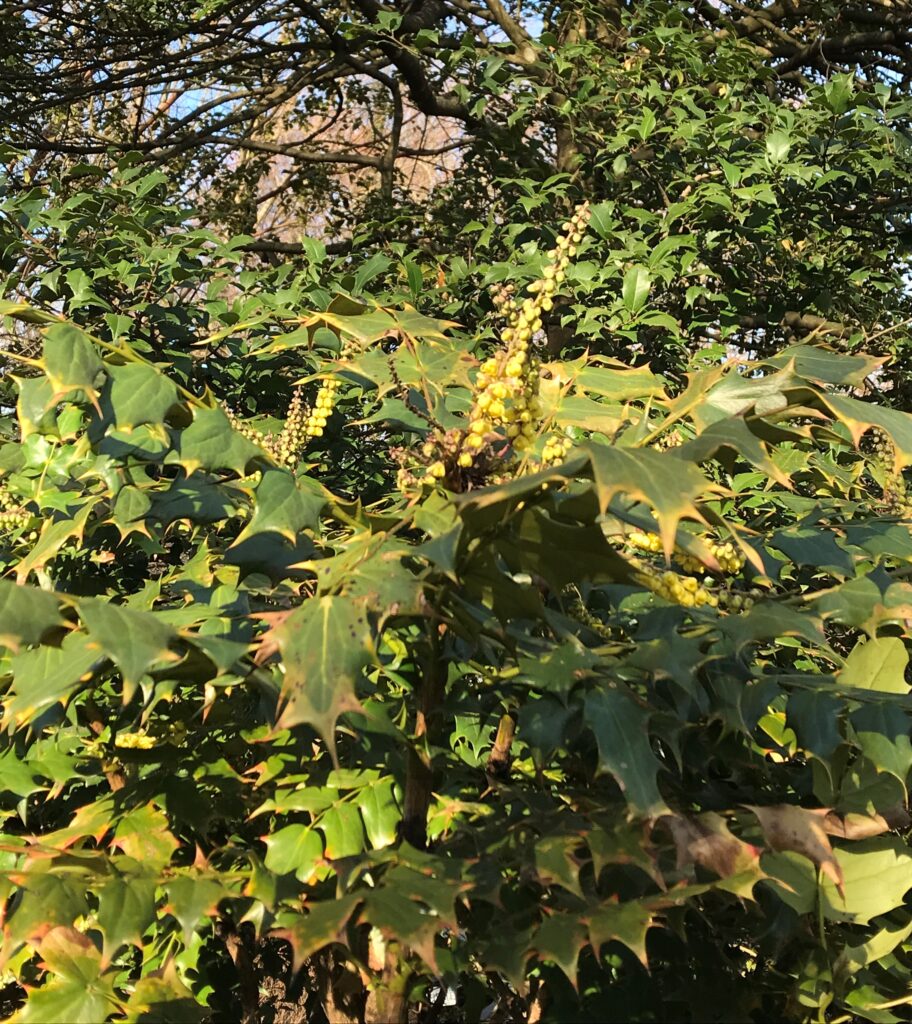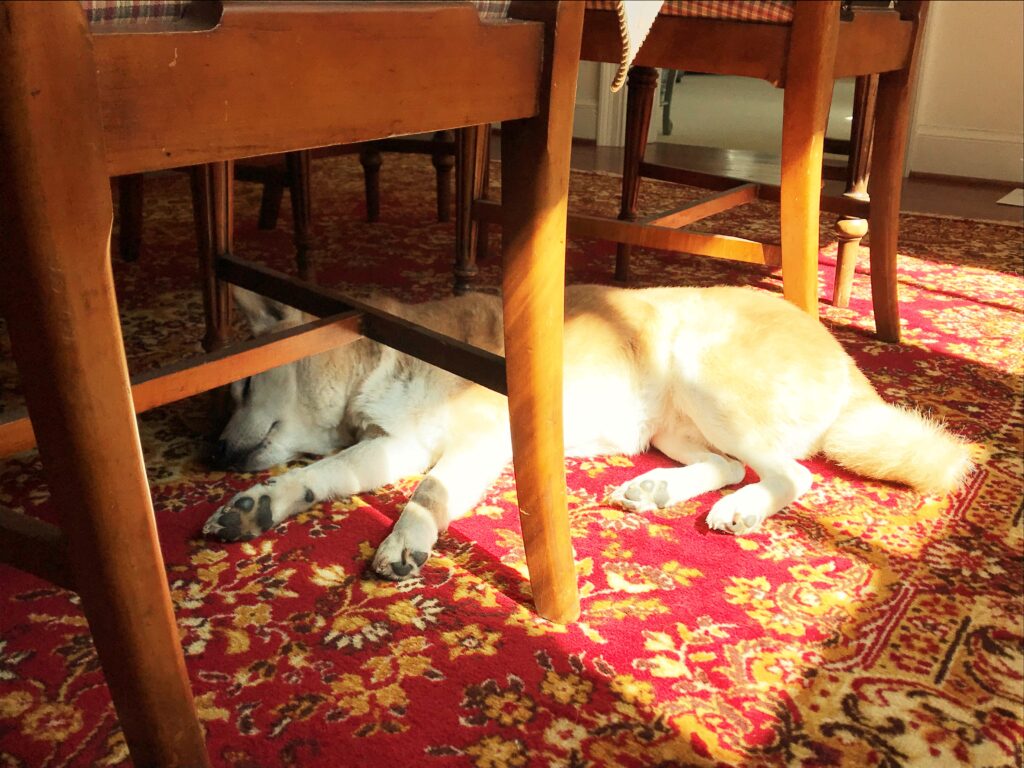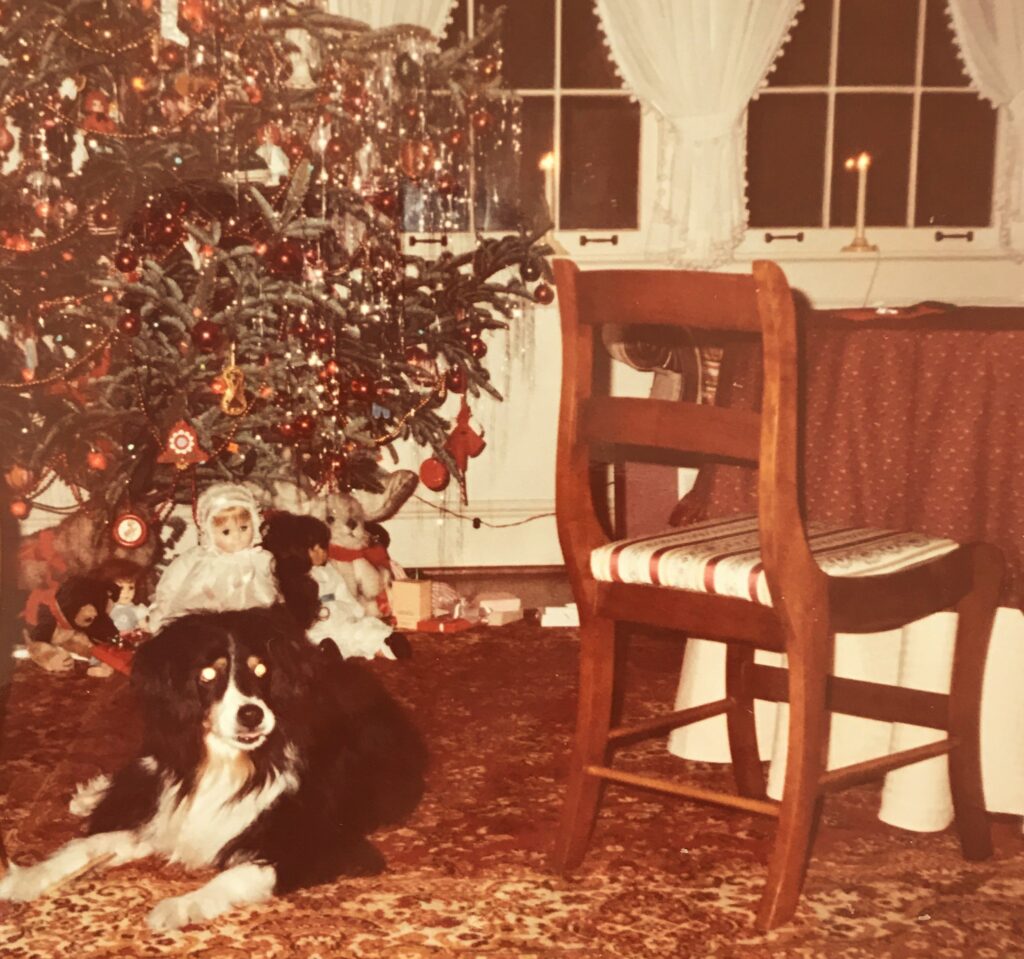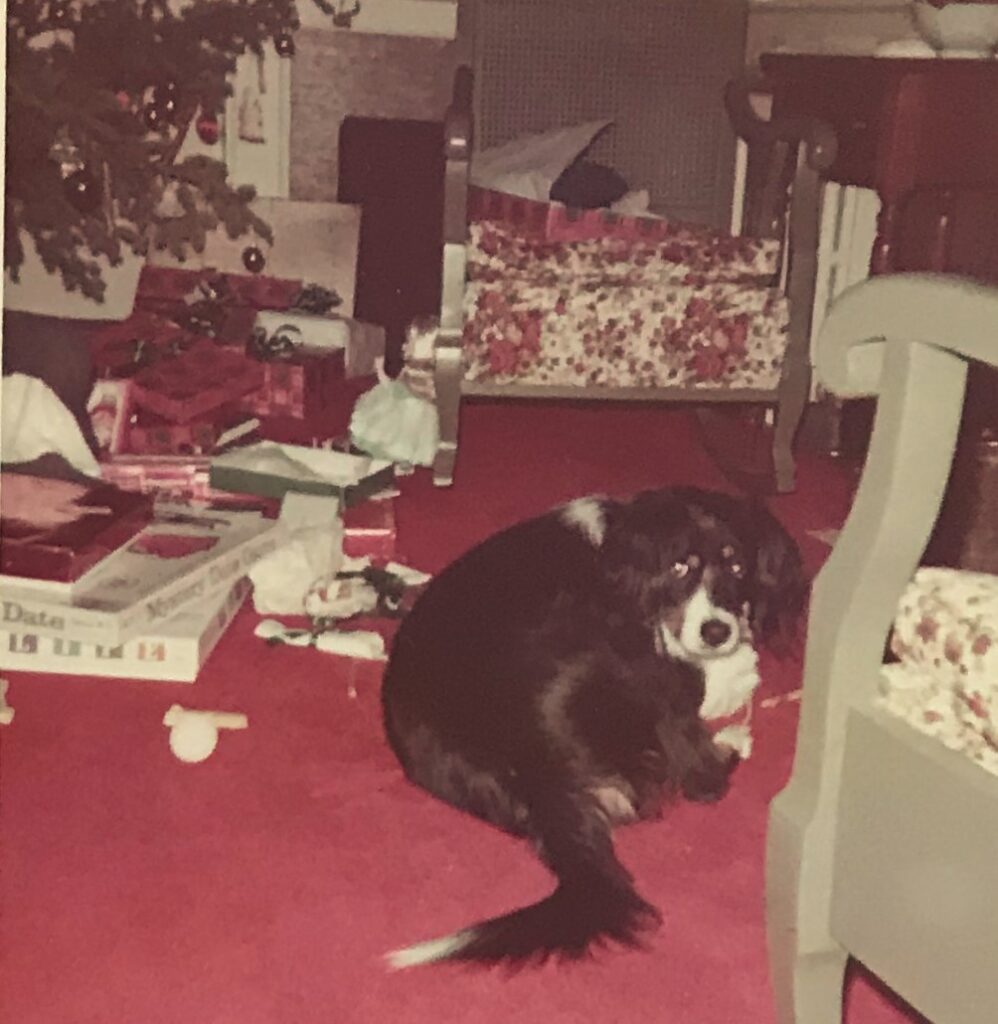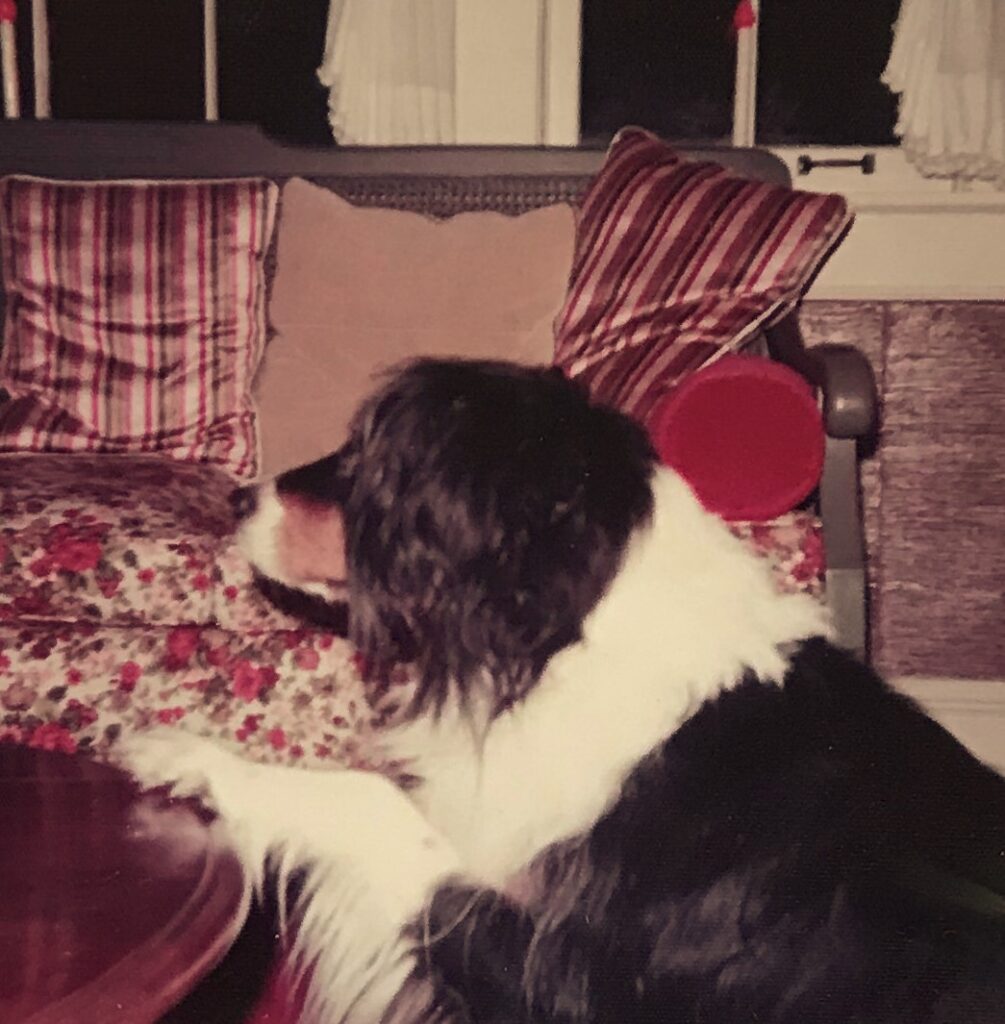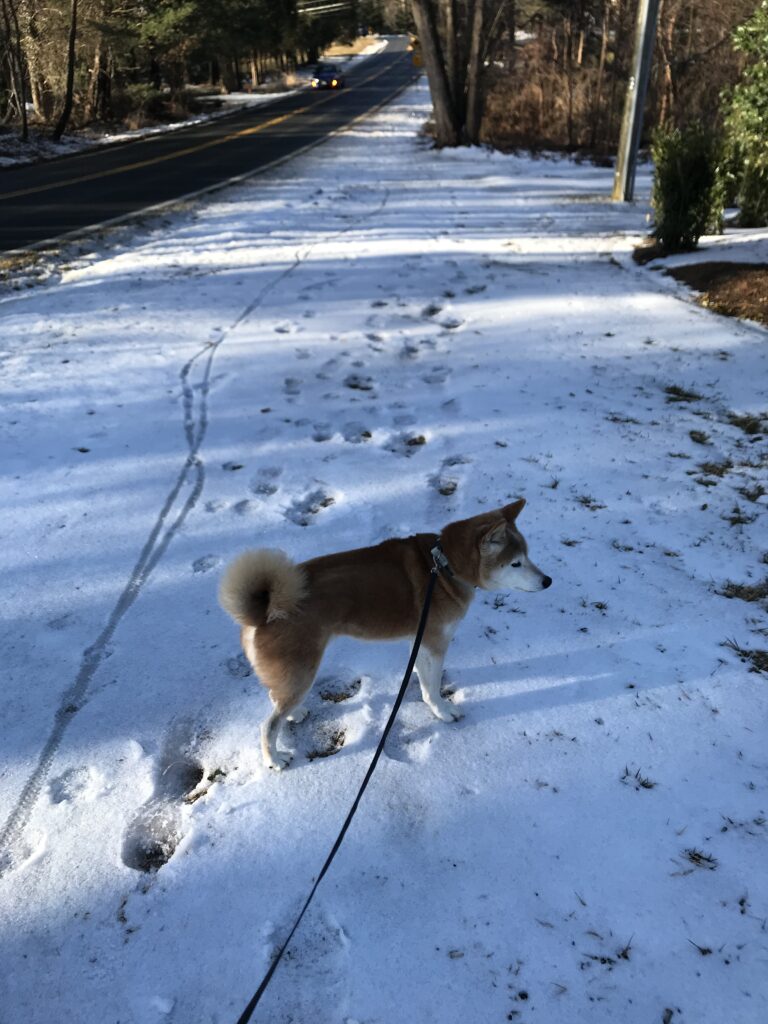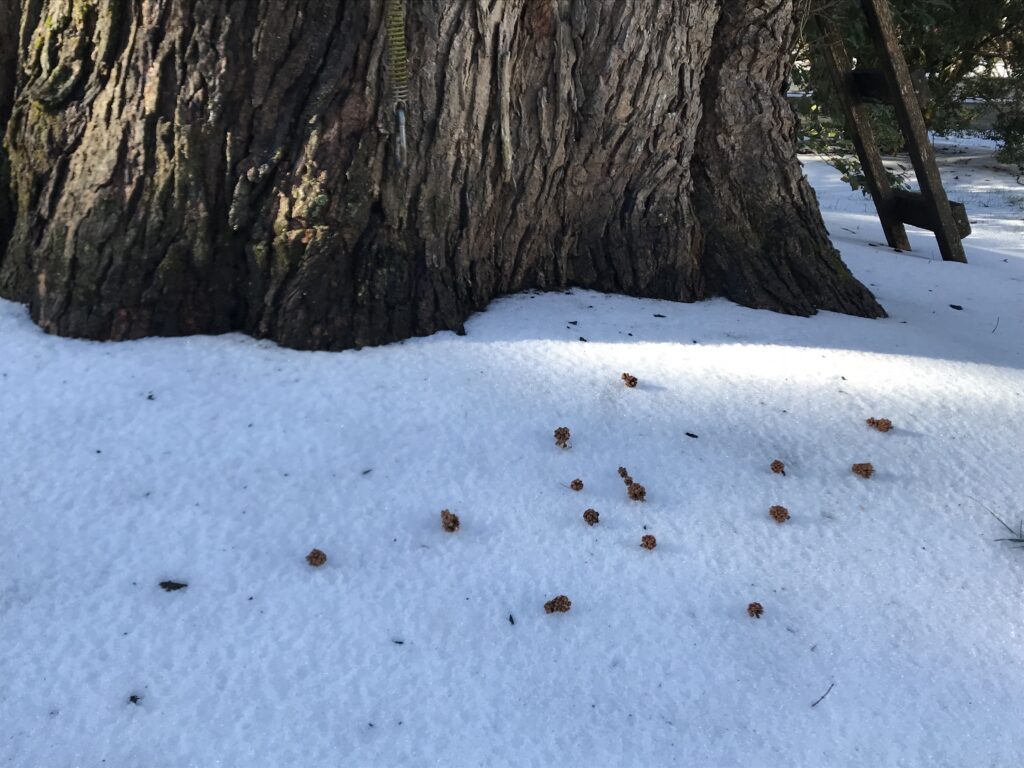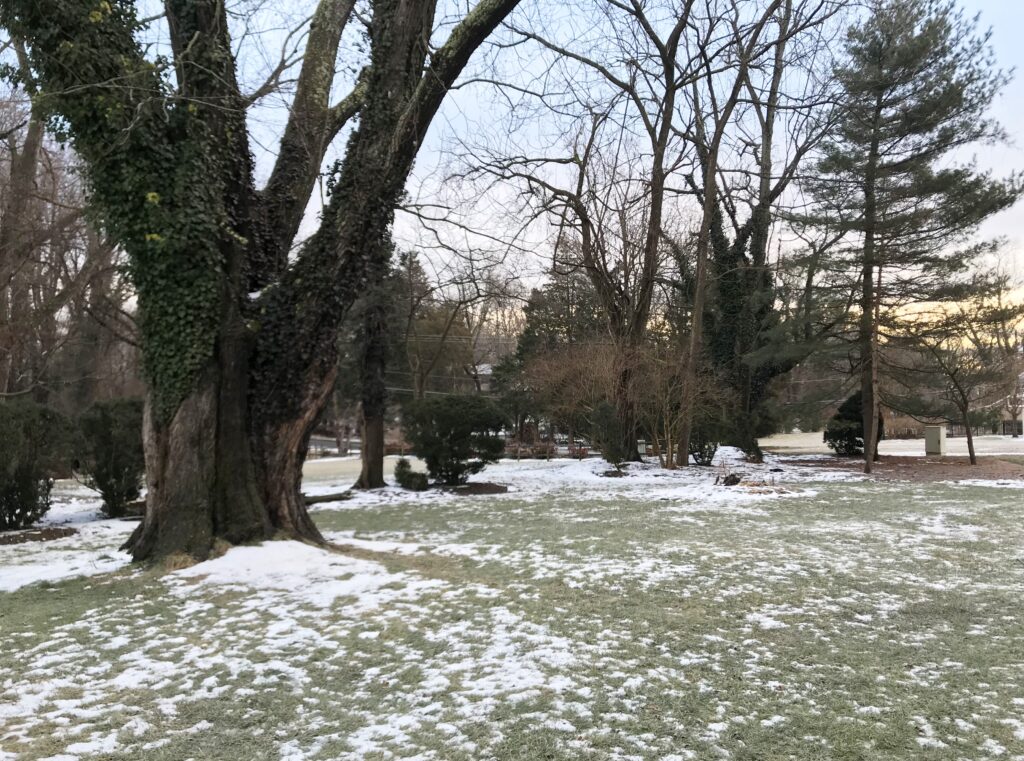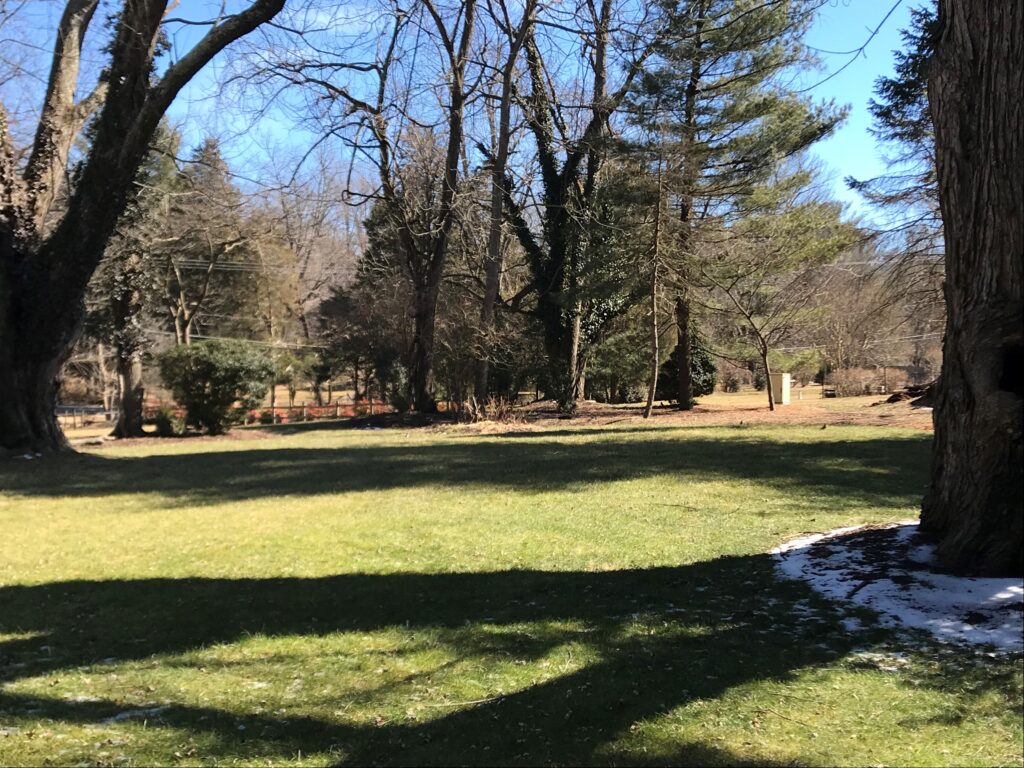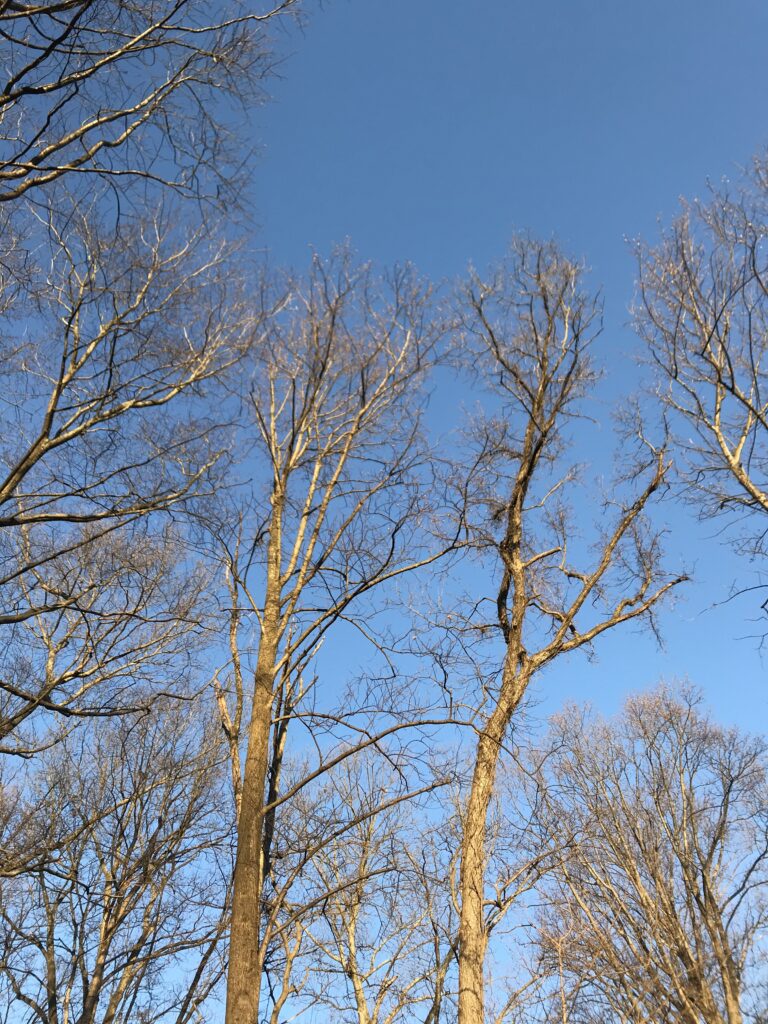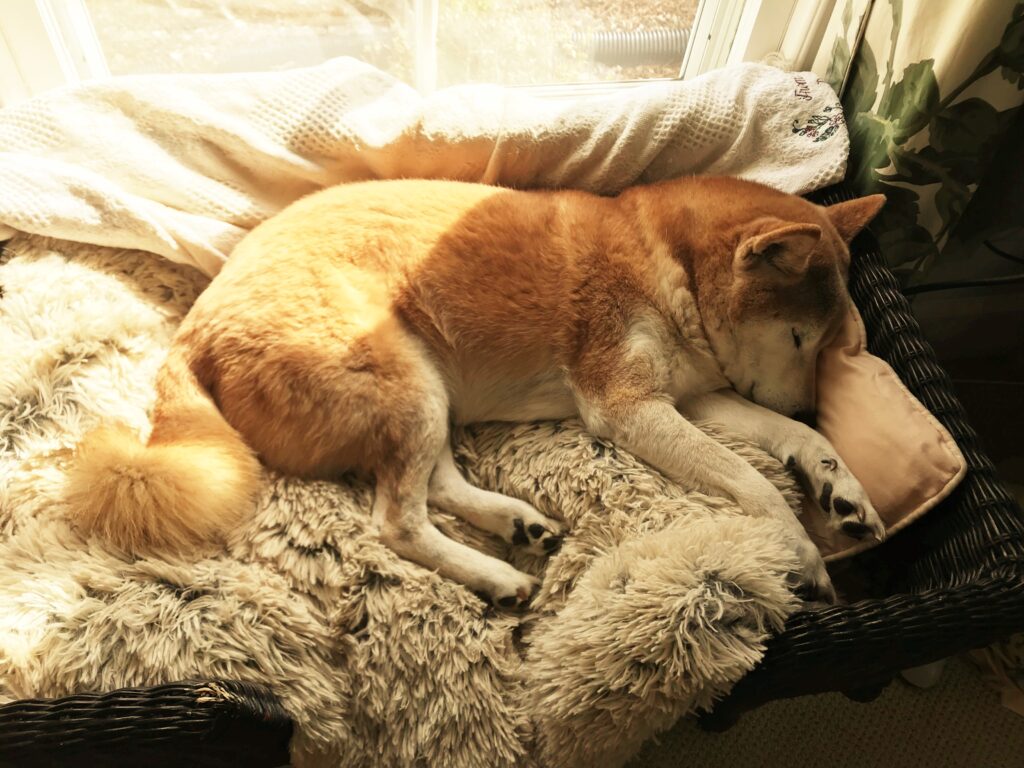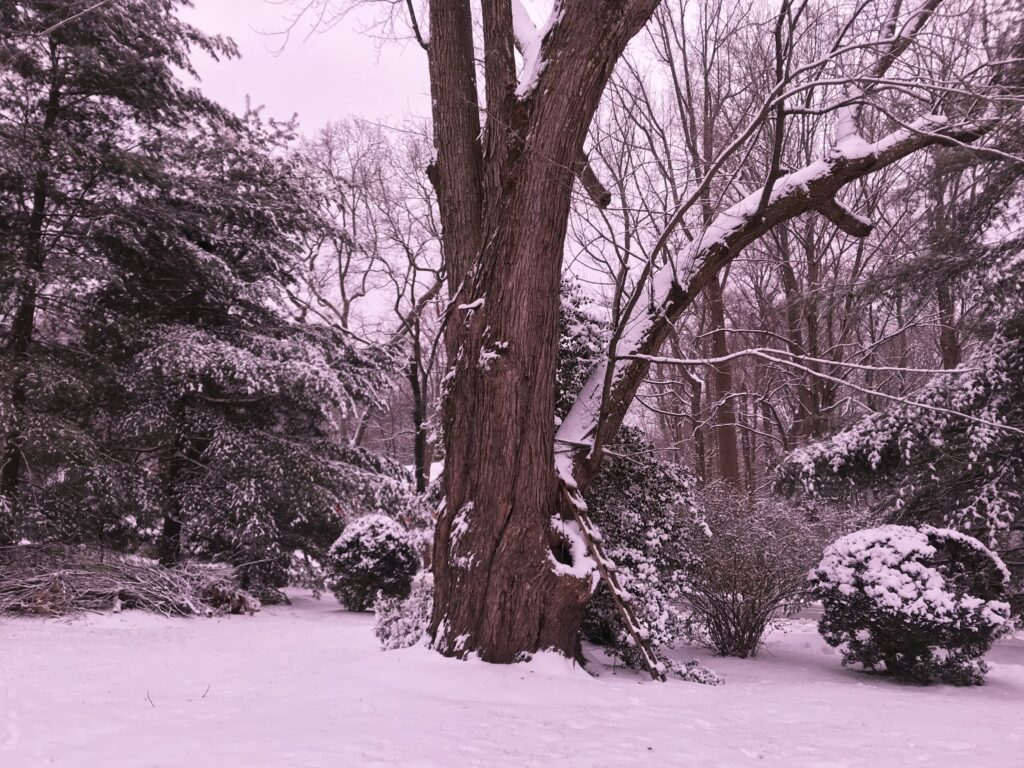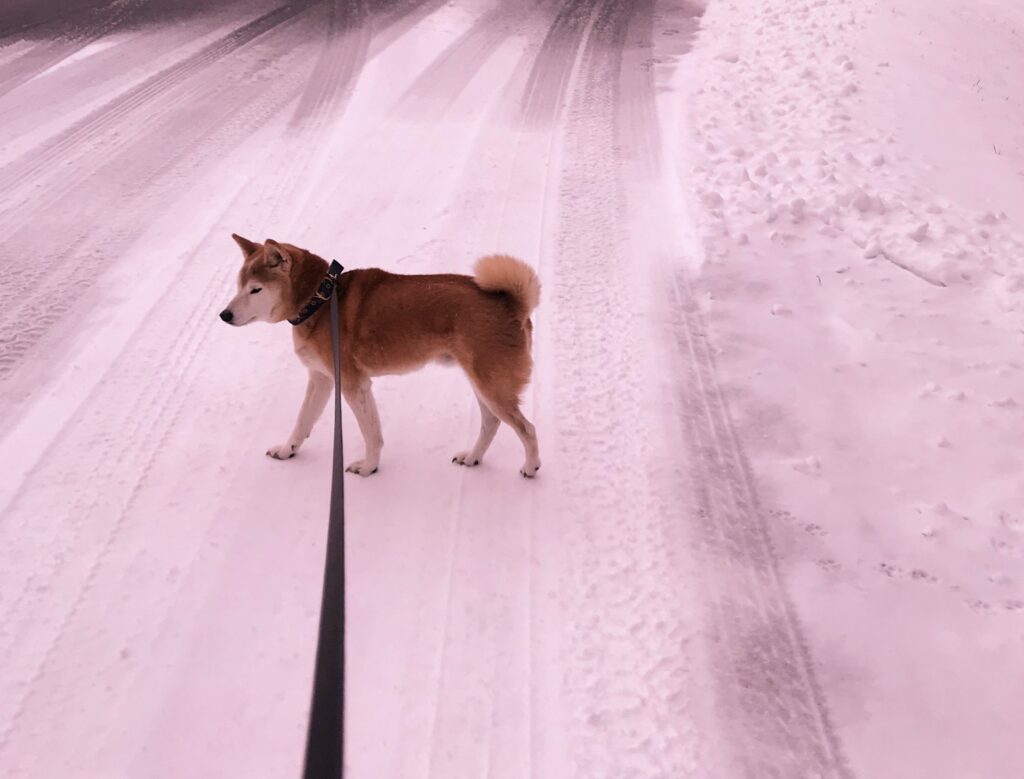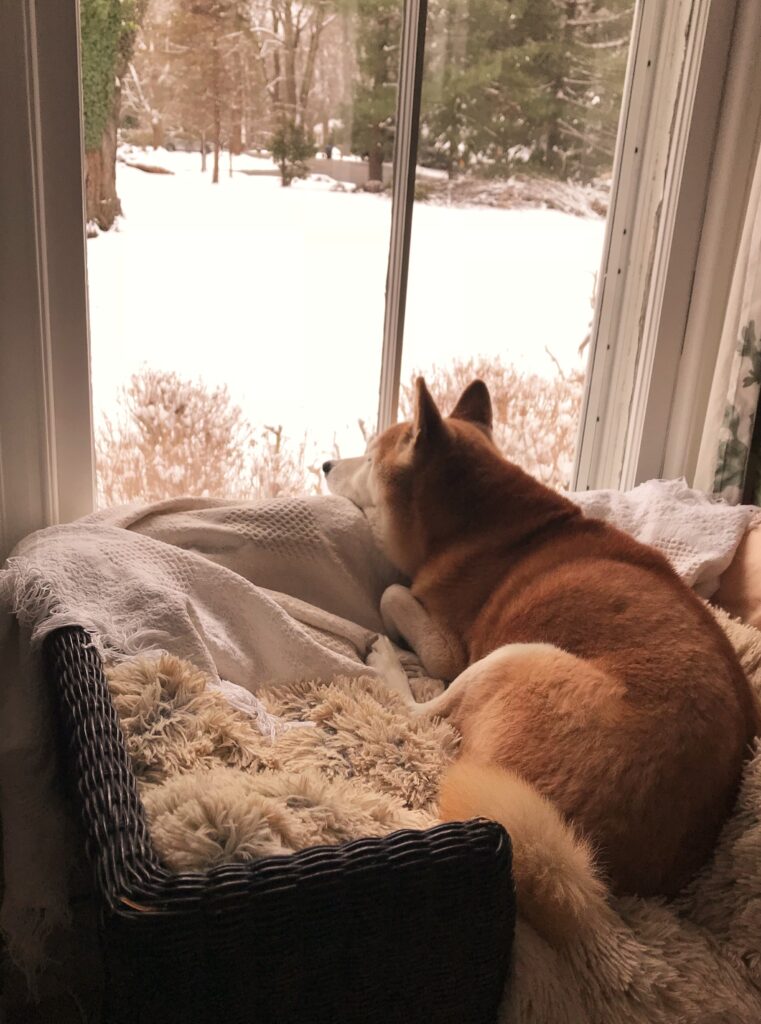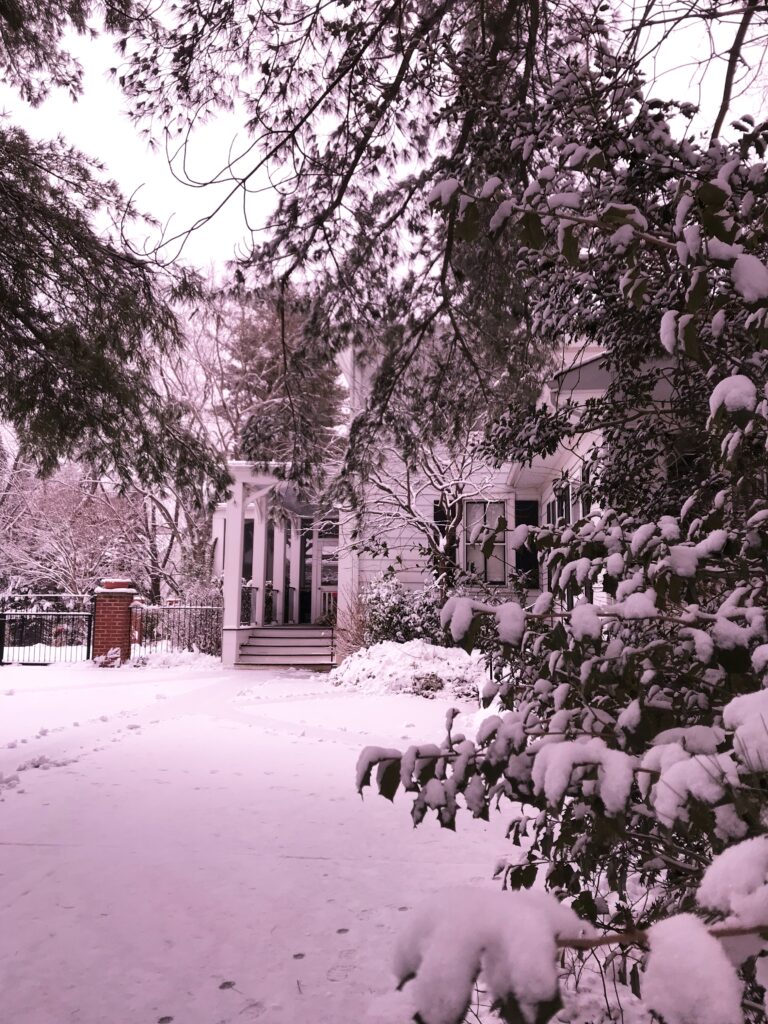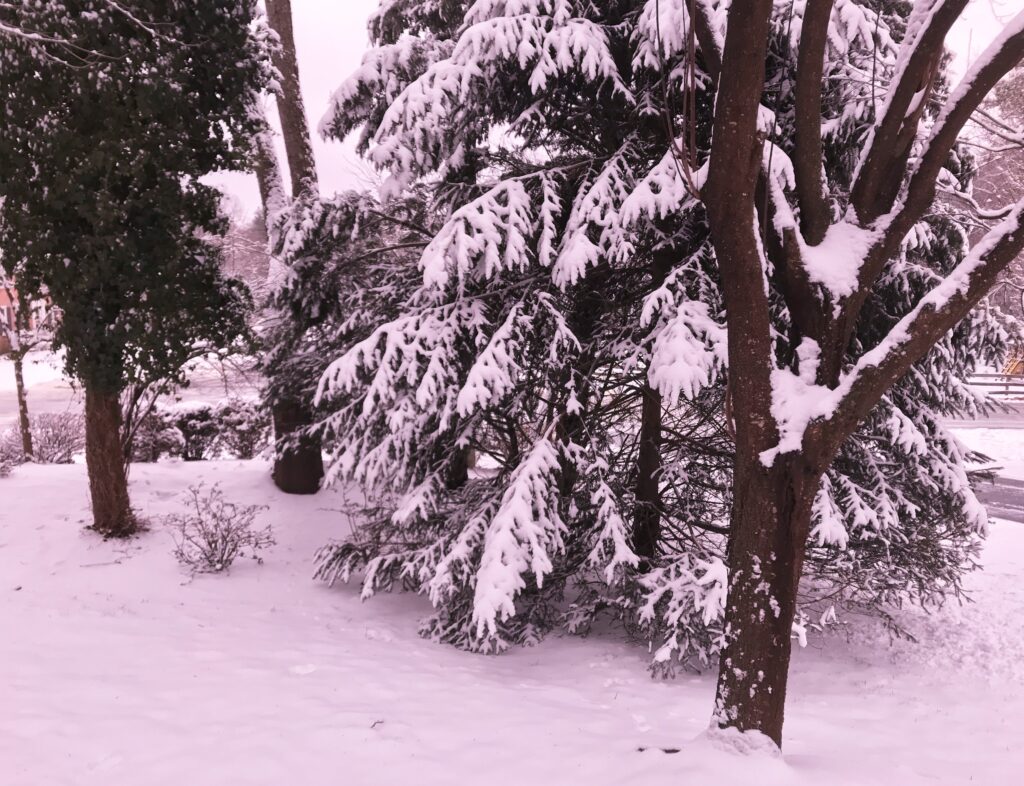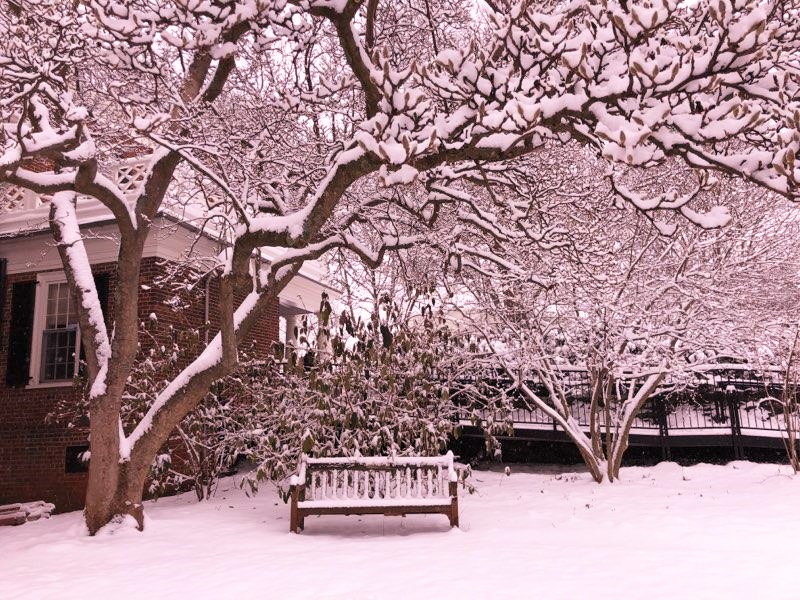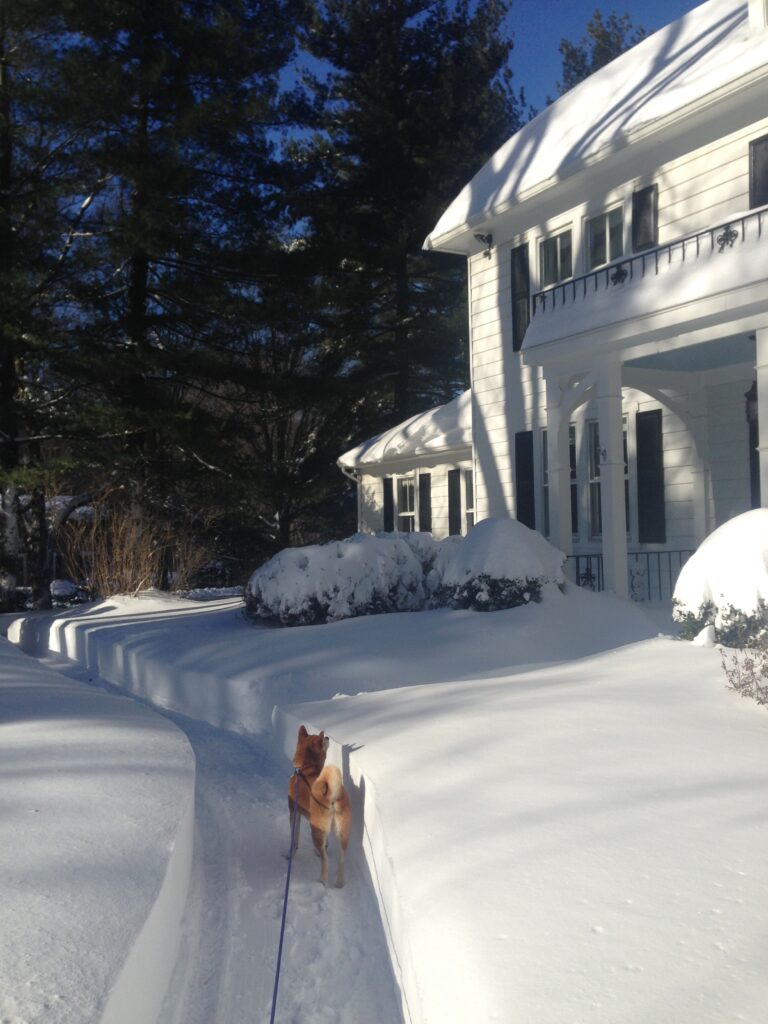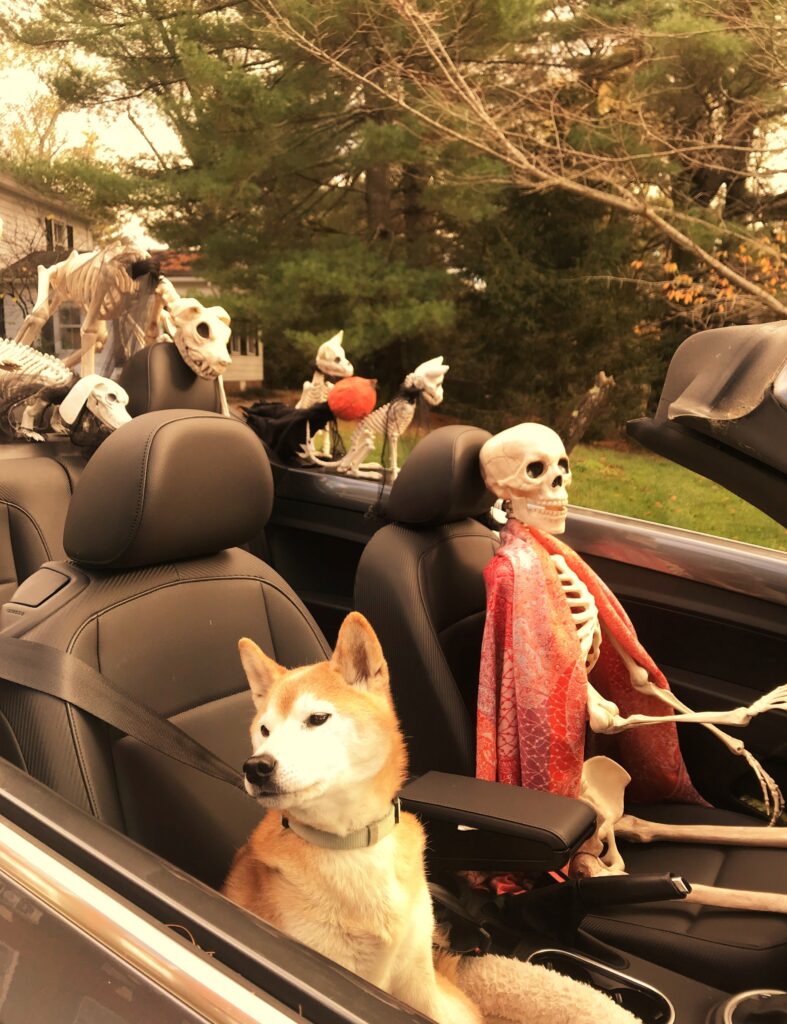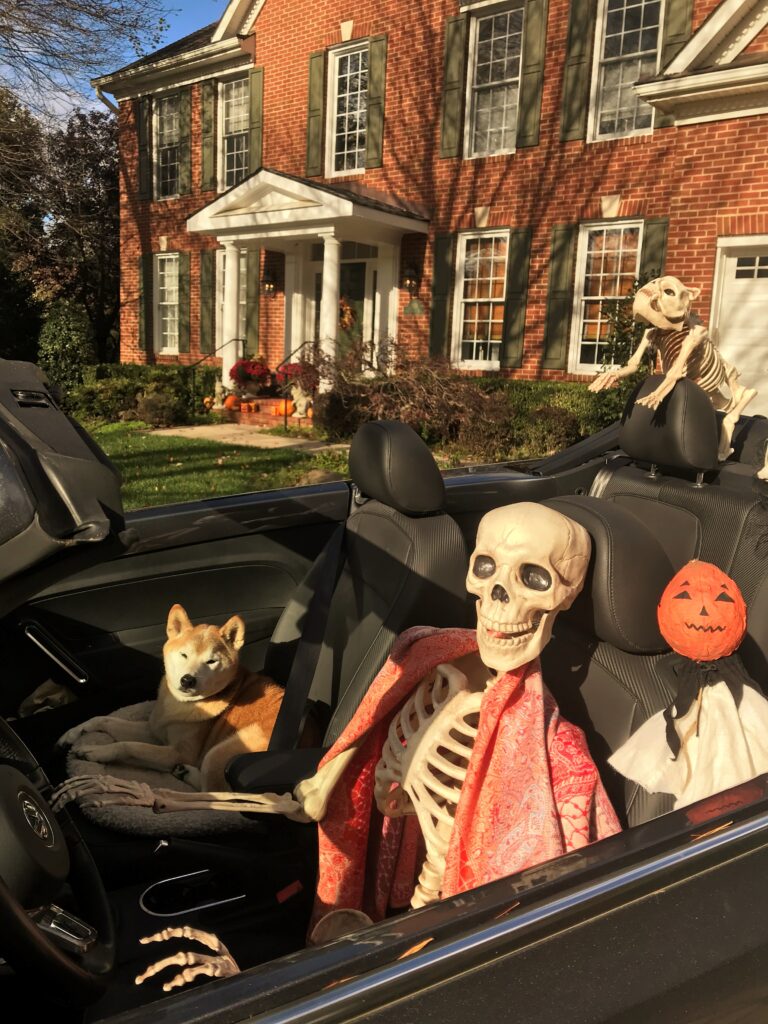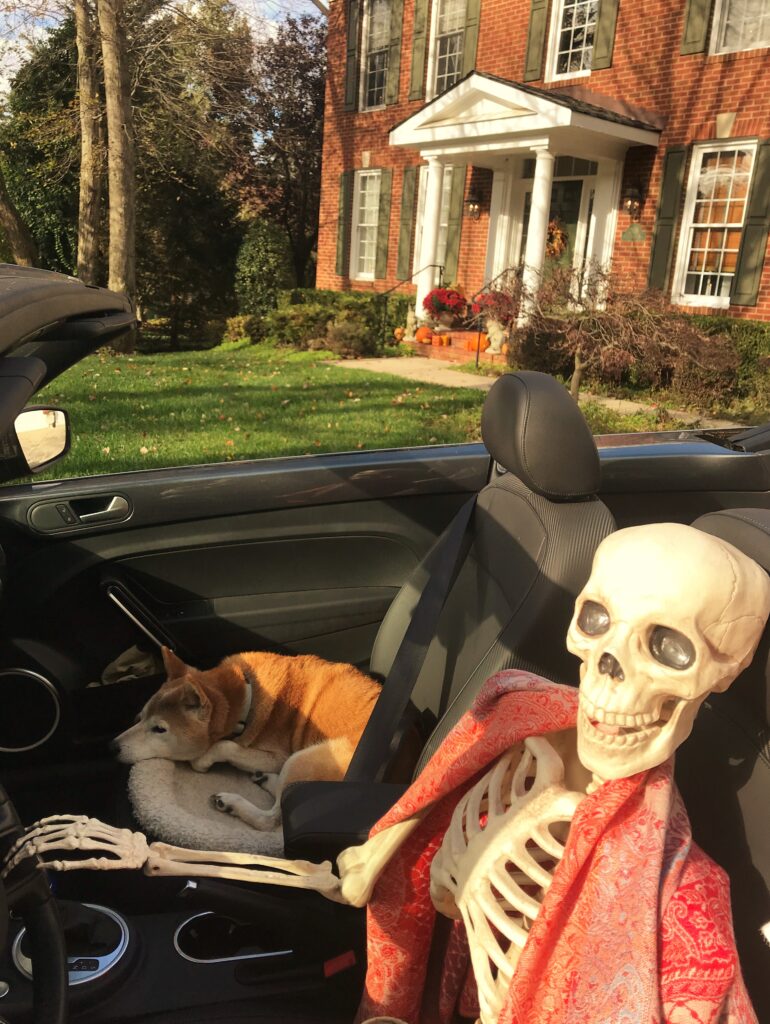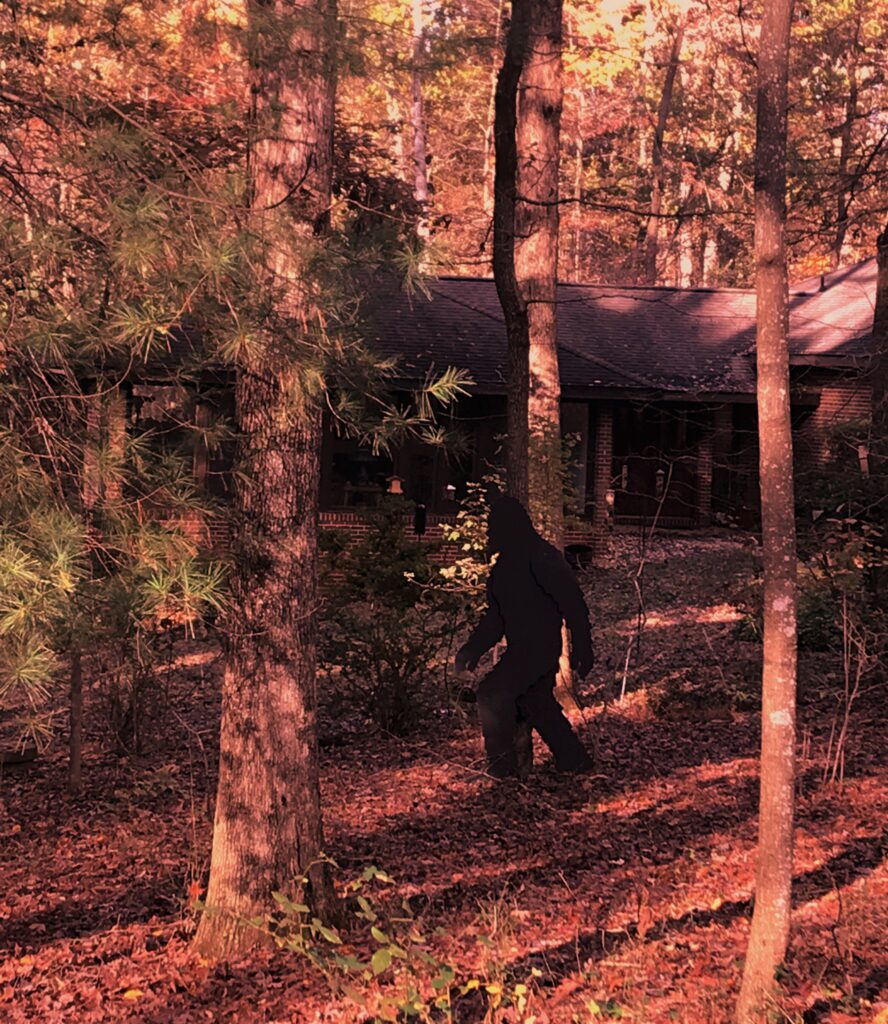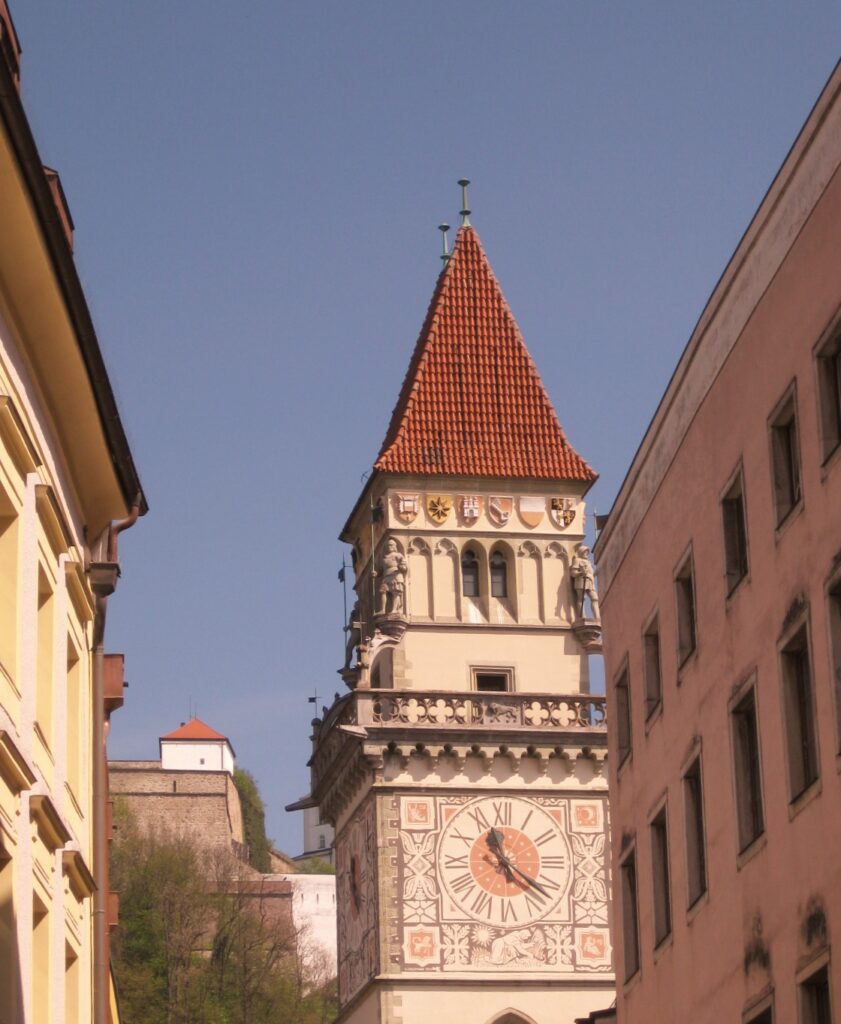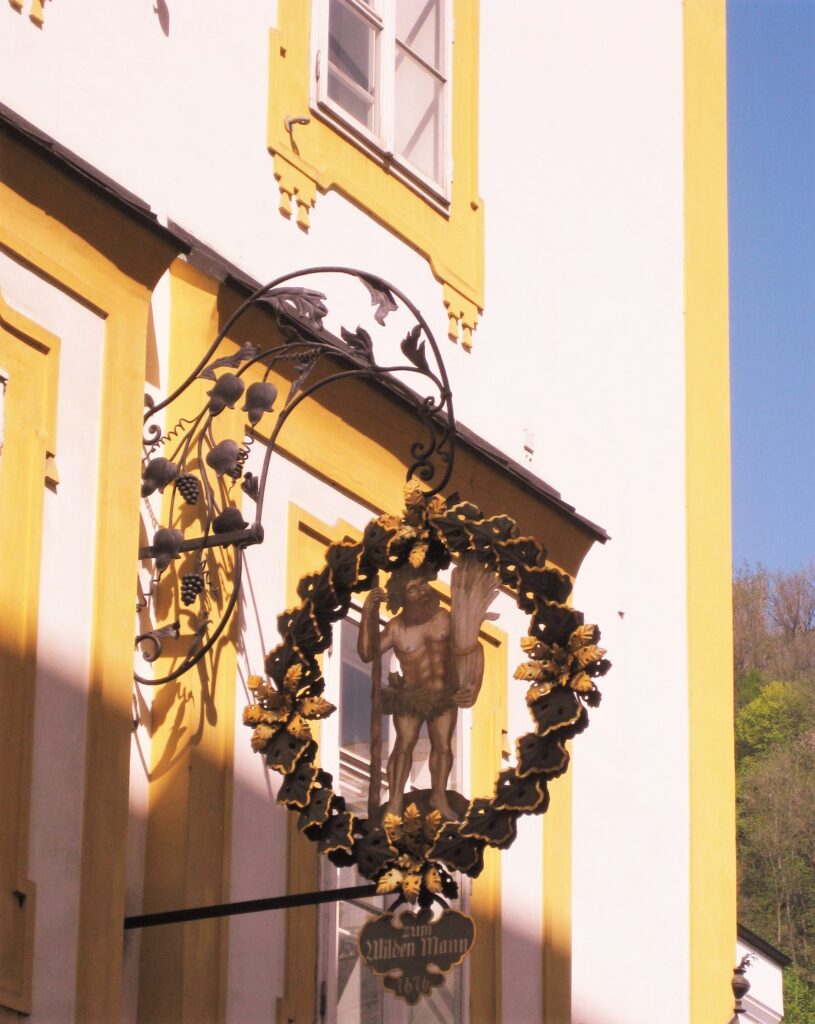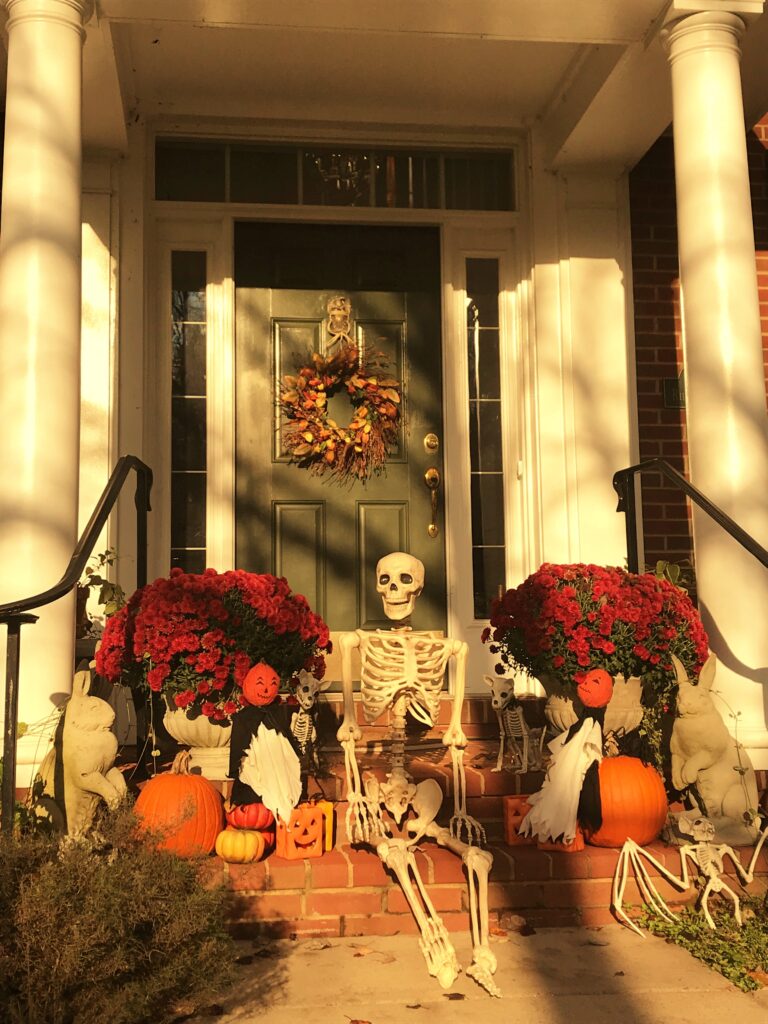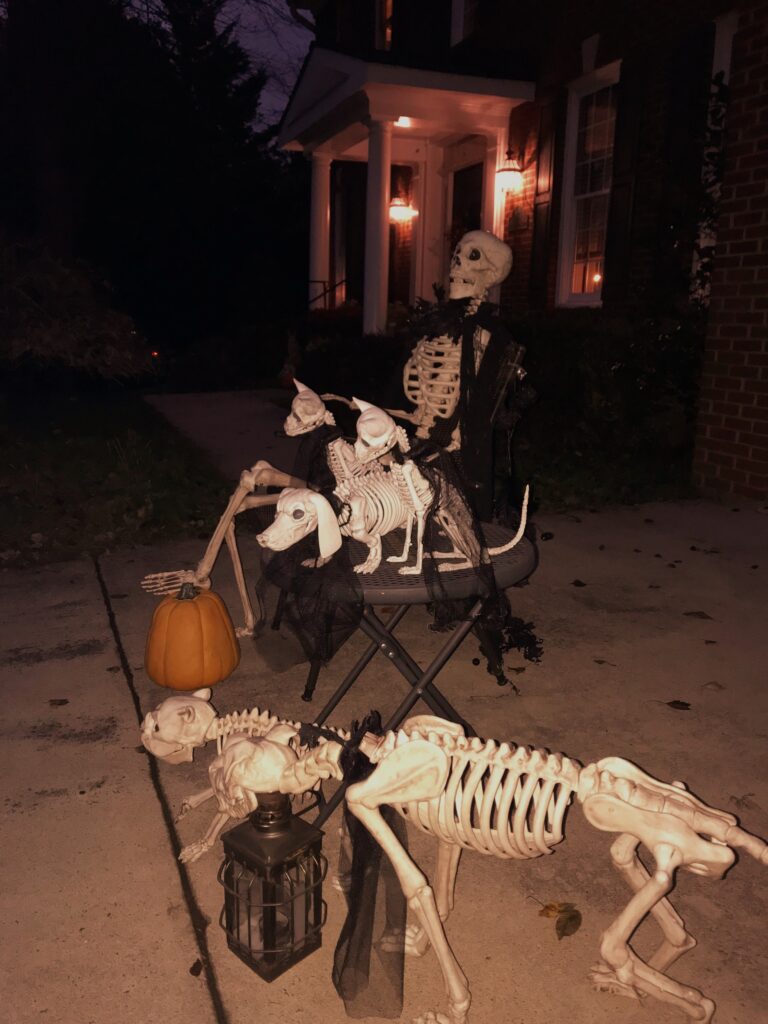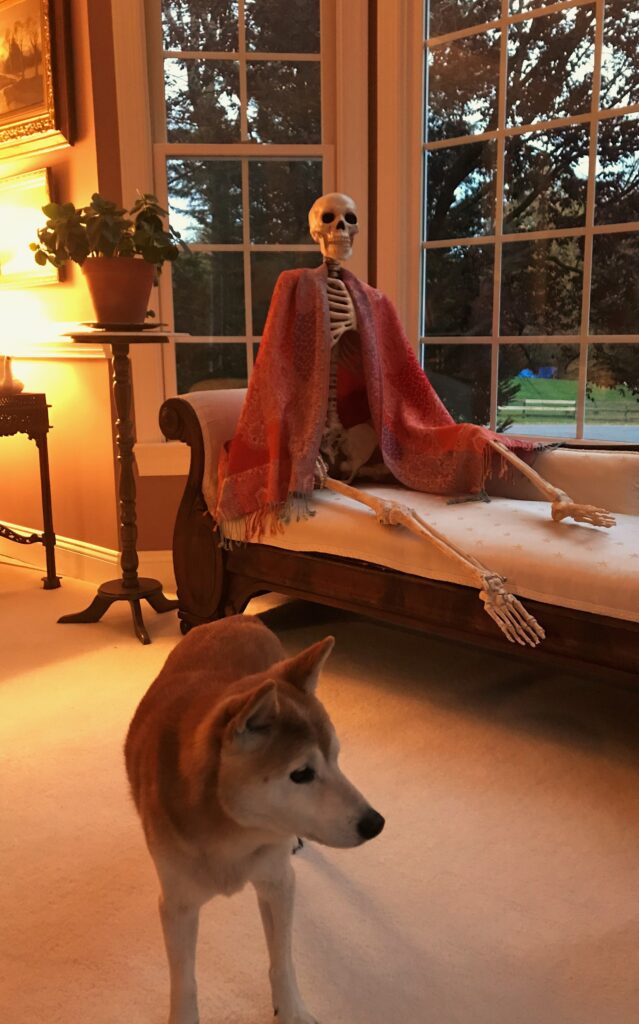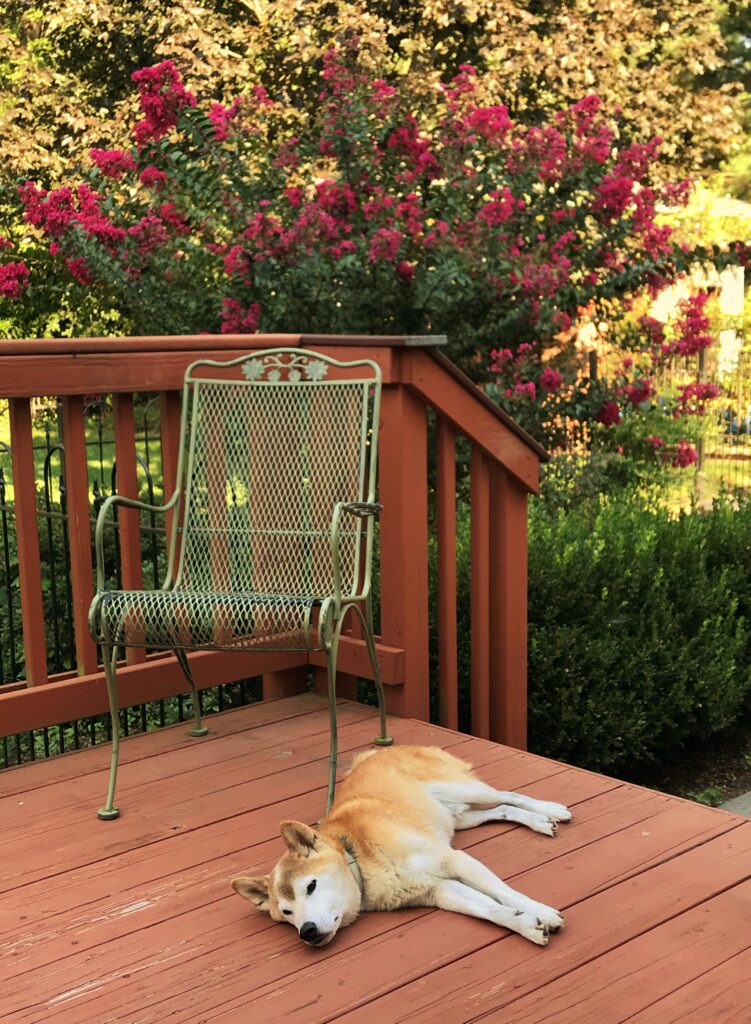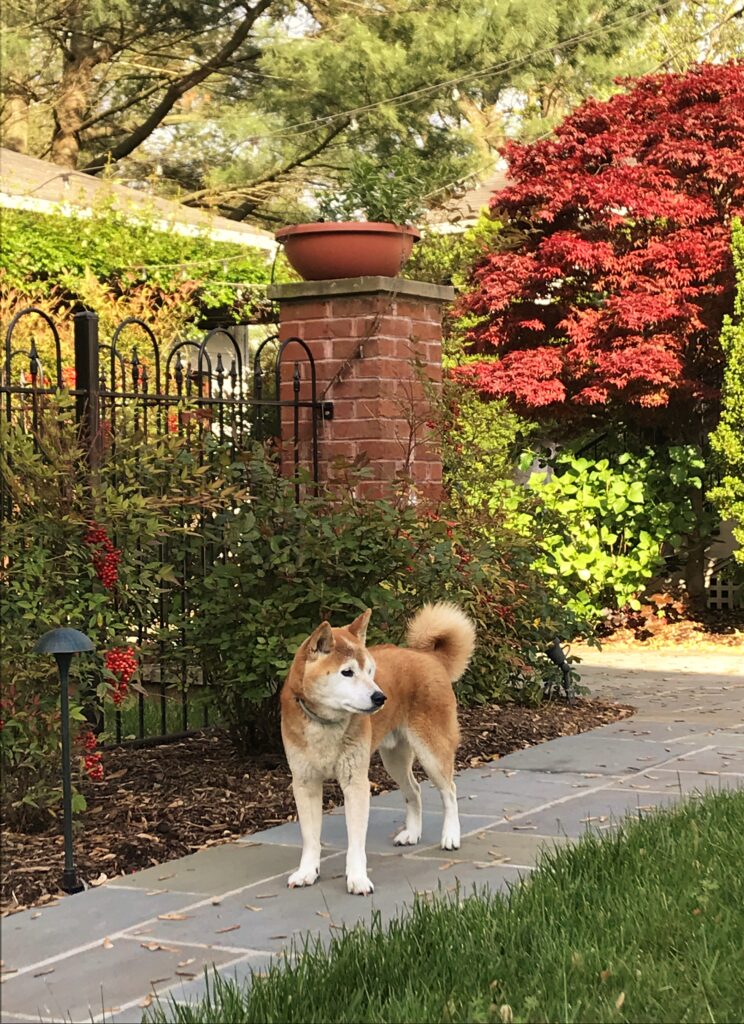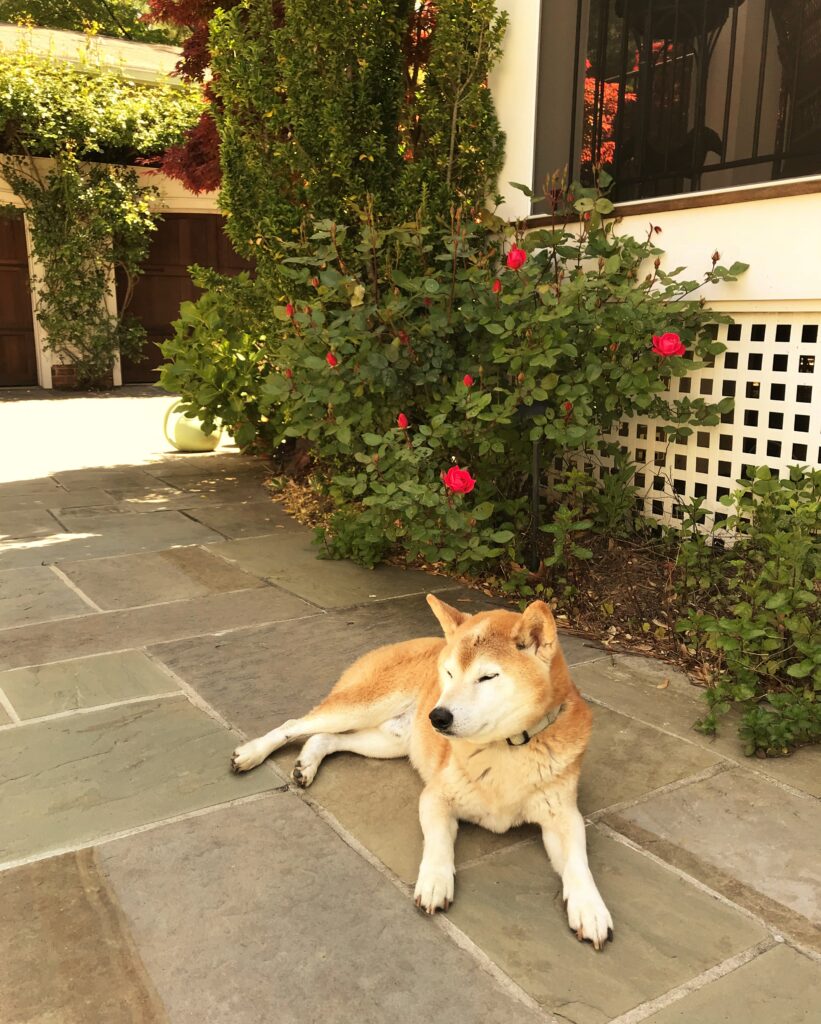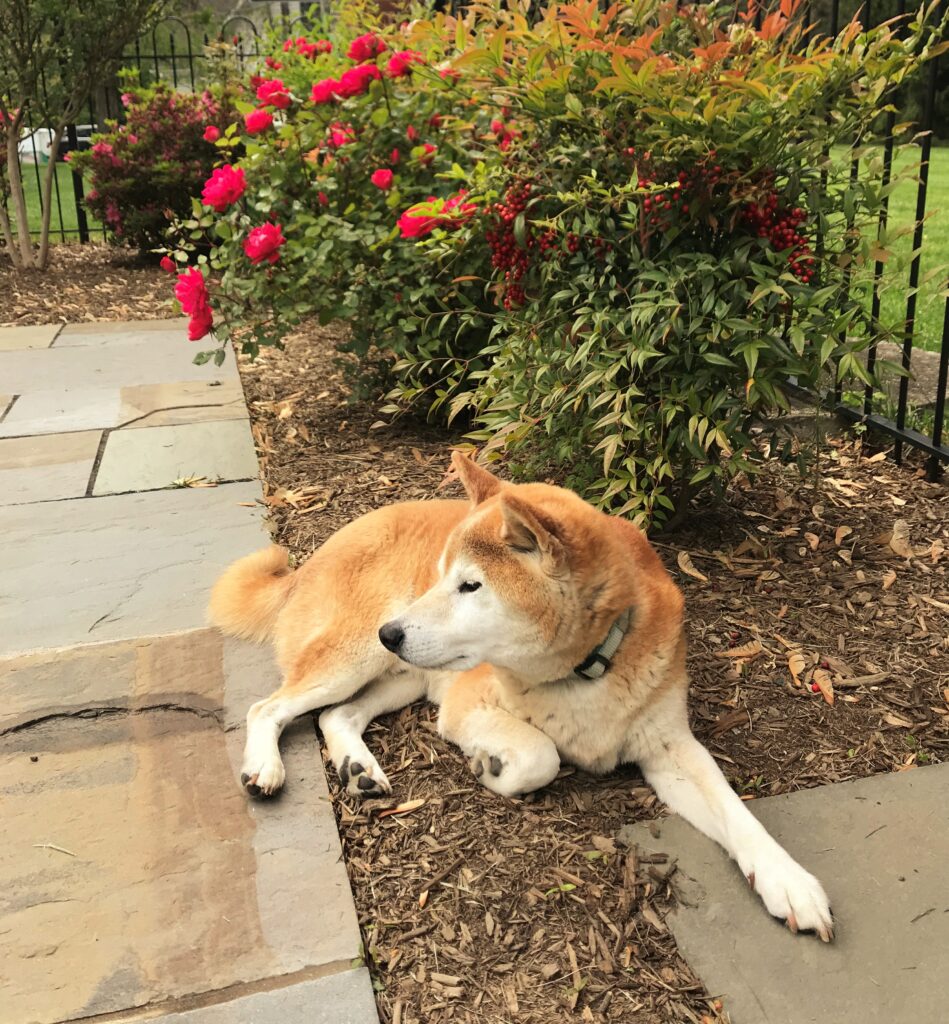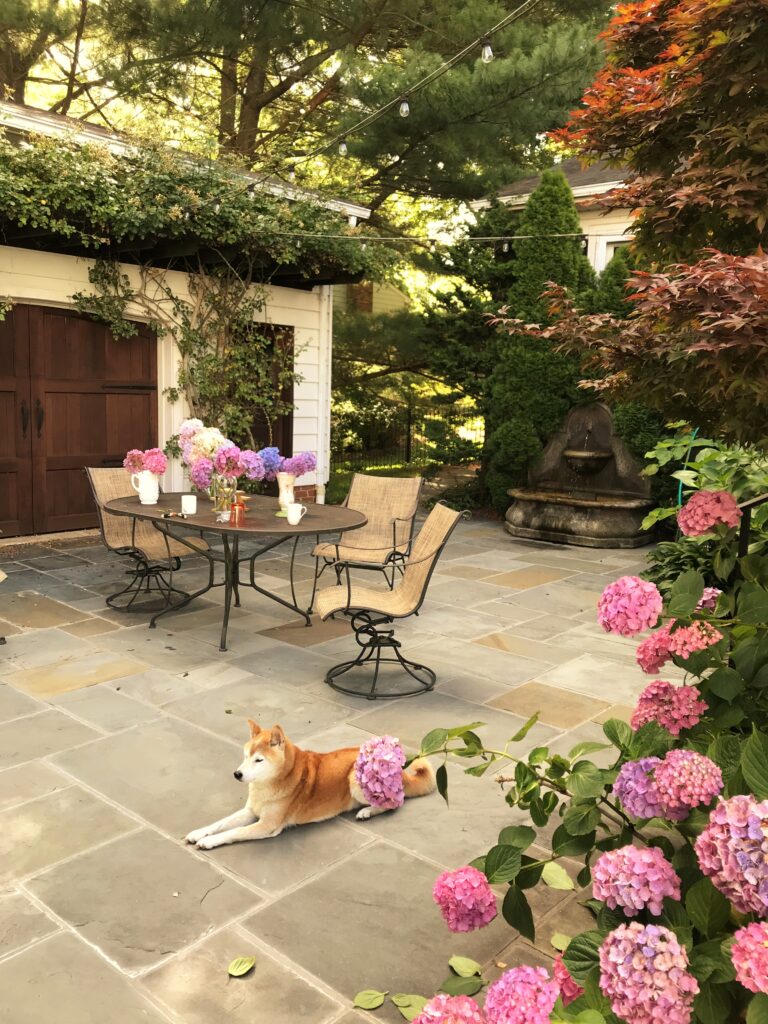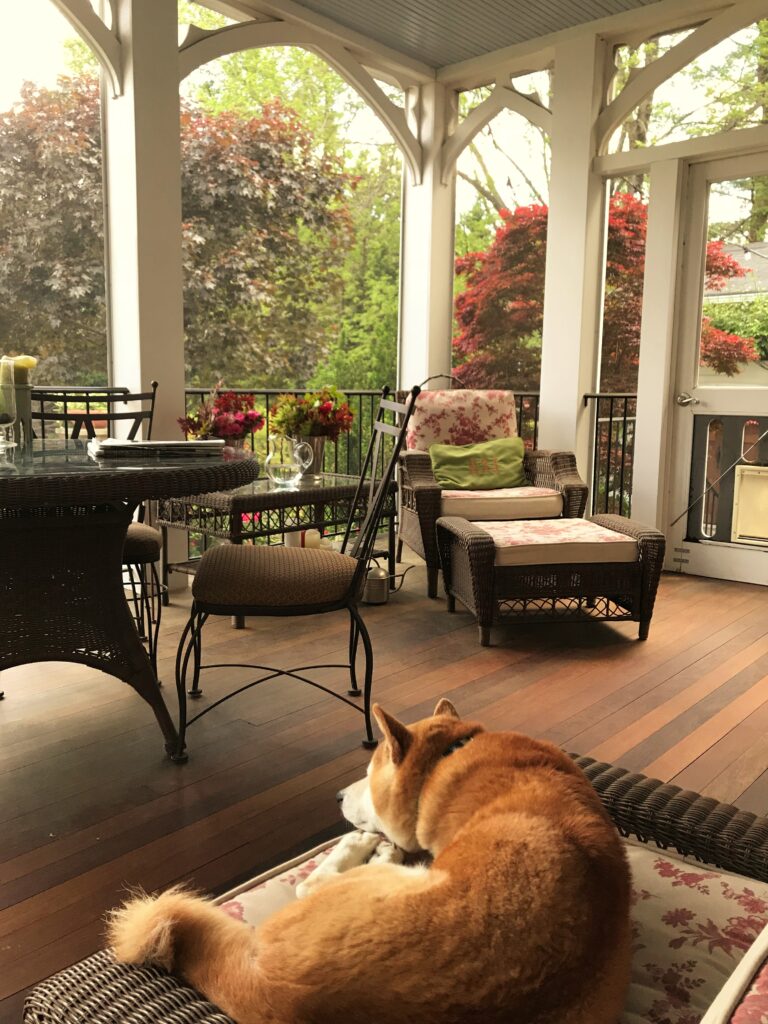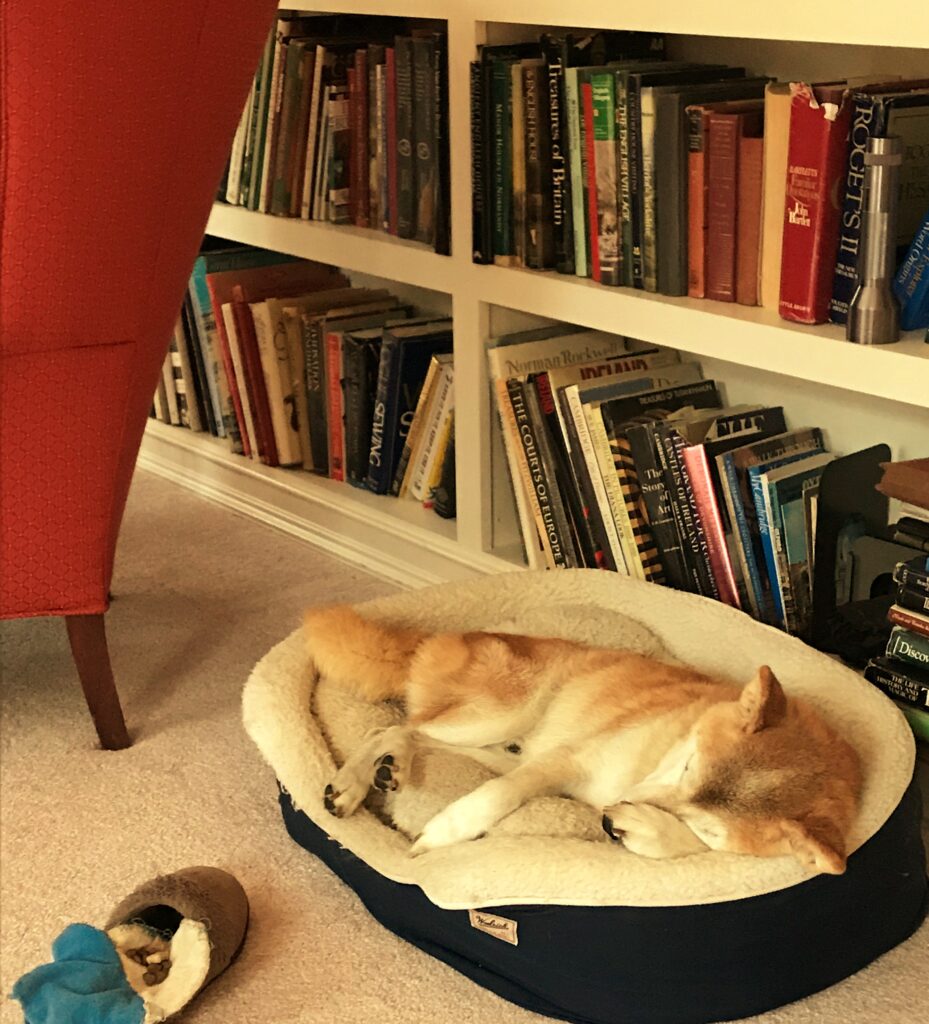September is here, and another summer has passed in a blur. The view out every window in our house today is likewise blurry. The panes are wet and foggy in the aftermath of last night’s ferocious storm. As the remnants of Hurricane Ida passed through our area, I held my frightened dog as close as I could. For the first time in all his fourteen years, Kiko put his head right beside mine on my pillow. When he was younger, I might have said absolutely not: that’s too much doggie closeness. But last night, his little body, which trembled violently with every pulse of lightning, felt thin, fragile, and frail. My elastic, invincible puppy had long ago morphed into a senior dog. Very recently, he’s become an old man, often stiff, uncertain and hesitant. And in that middle-of-the-night angst that seizes me occasionally, my dog wasn’t the only one needing comfort. The strobe-effect lightning, the crashing thunder and the pounding rain seemed like a frenetic, wailing choral expression of world-wide pain.
There is more than enough grief and suffering to go around, these days. We’re eighteen months into a pandemic that continues to wreak havoc when it should be winding down. Every snippet of news, every glimpse of a headline, attests to some novel catastrophe of global proportions. Raging wildfires. Sudden, unpredictable floods. Another day, another mass shooting. Young lives tragically lost in the very last gasp of our twenty-year conflict in Afghanistan, and so many lives in peril now because the war is over. Everywhere, peace is more elusive and unlikely than ever. If Edvard Munch were alive today, his most well-known work, The Scream, might be a long series of paintings. All of these sad and frustrating thoughts swirled in my head as I cuddled my dog during the storm.
With the morning light, dully yellow-gray as it was, the world never seems quite so hopeless. My dog is still old, but he’s no longer shaking with fear. Surviving a storm typically reinvigorates him temporarily. The news is still mostly bad, of course. And there is this significant transition to reckon with: our daughter has moved to Maryland and started her job. The summer flew by in a blur because there was so much to do as we anticipated and prepared for this major change. We were busy. And now that long-awaited change is here. The new life phase that our daughter begins is brimming with purpose and meaning: a new address, the start of a career, a time to chart her own unique course, one no longer set by her parents. And what of us, her mother and father, now true empty-nesters? We’re elated for our daughter. And anxious, as well. We’ll be cheerleaders for her, certainly. But what will we make of our new life phase? Will we find ways to fill it with purpose and meaning? That will be our challenge in the coming days. That, and dealing with our elderly dog.

